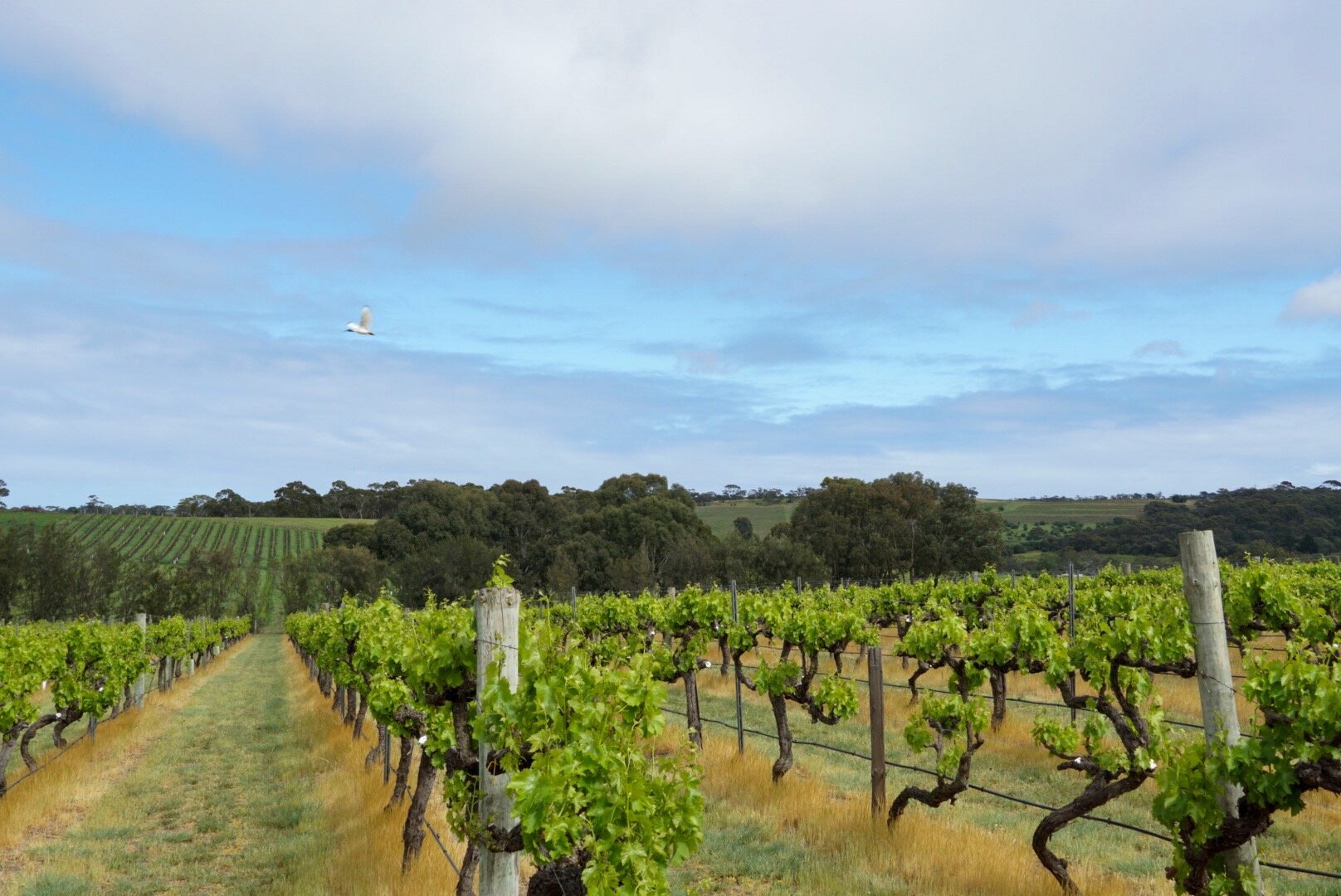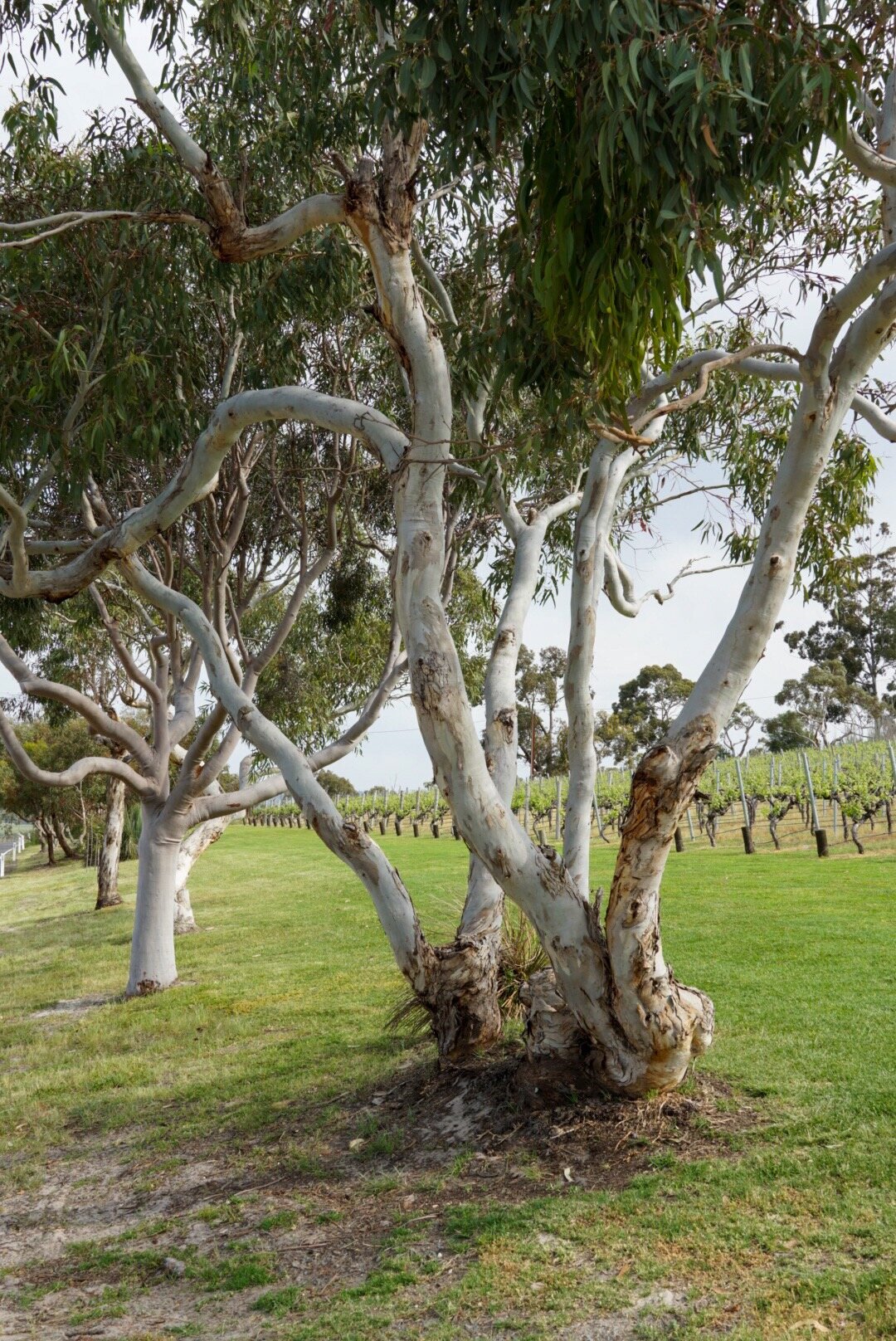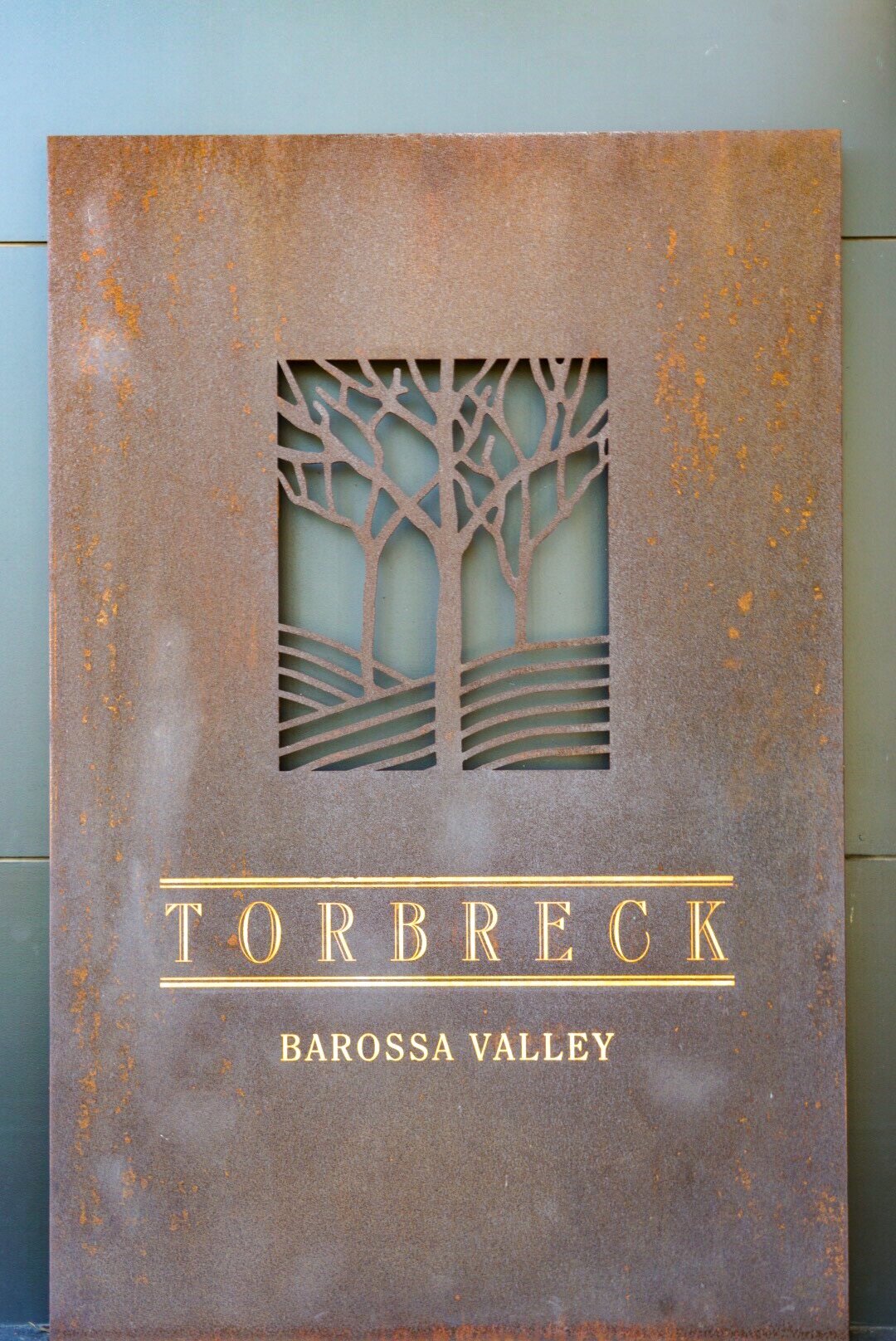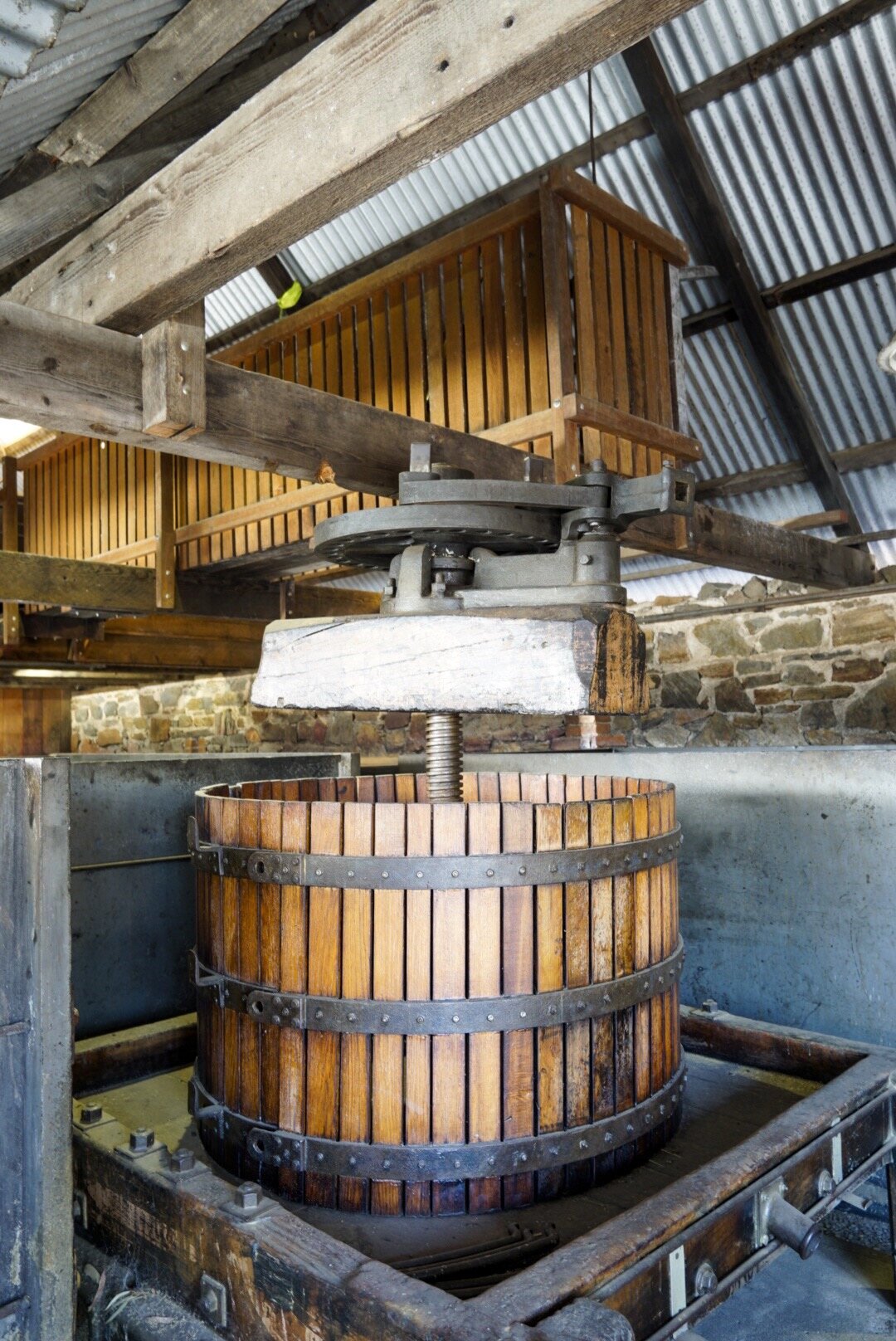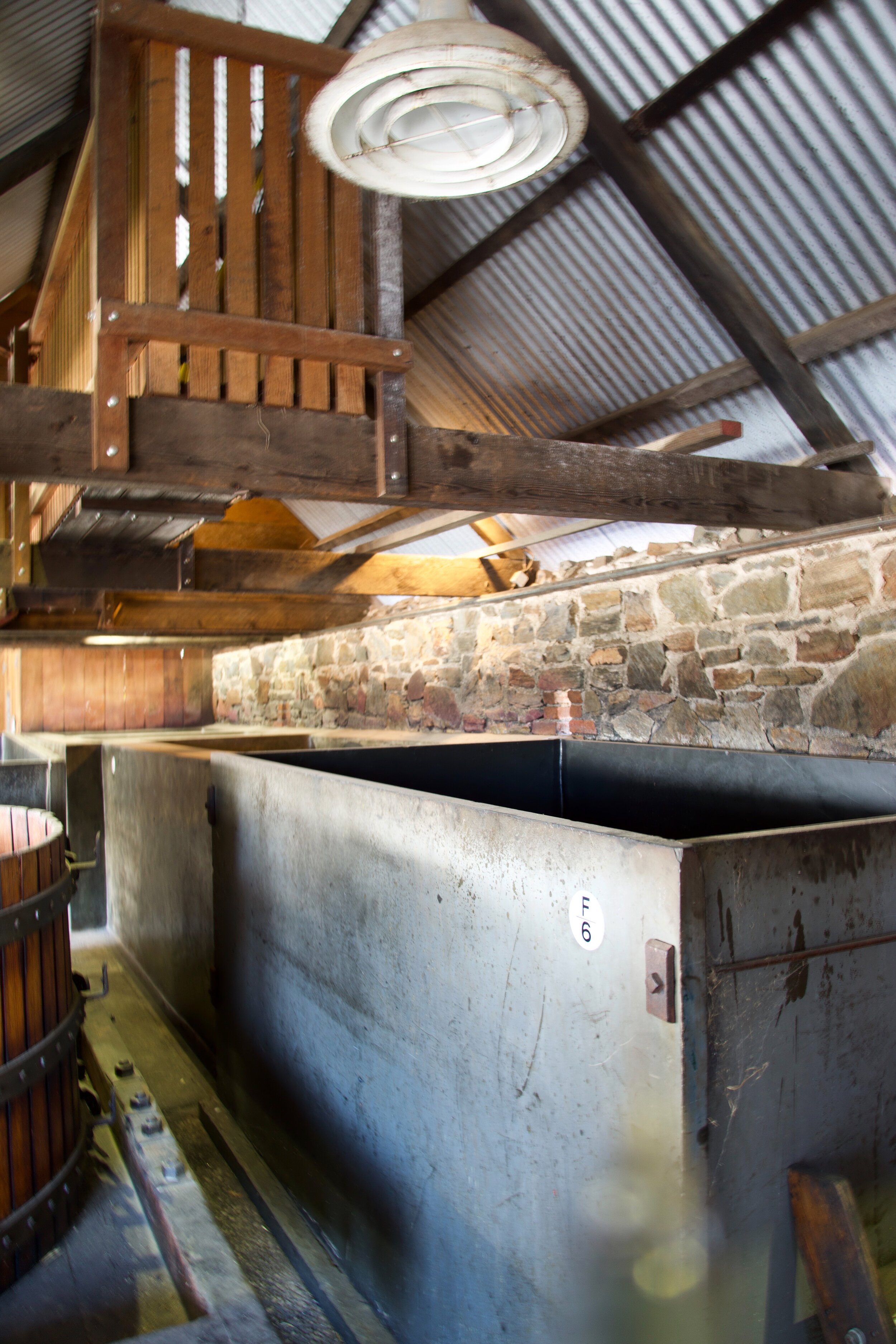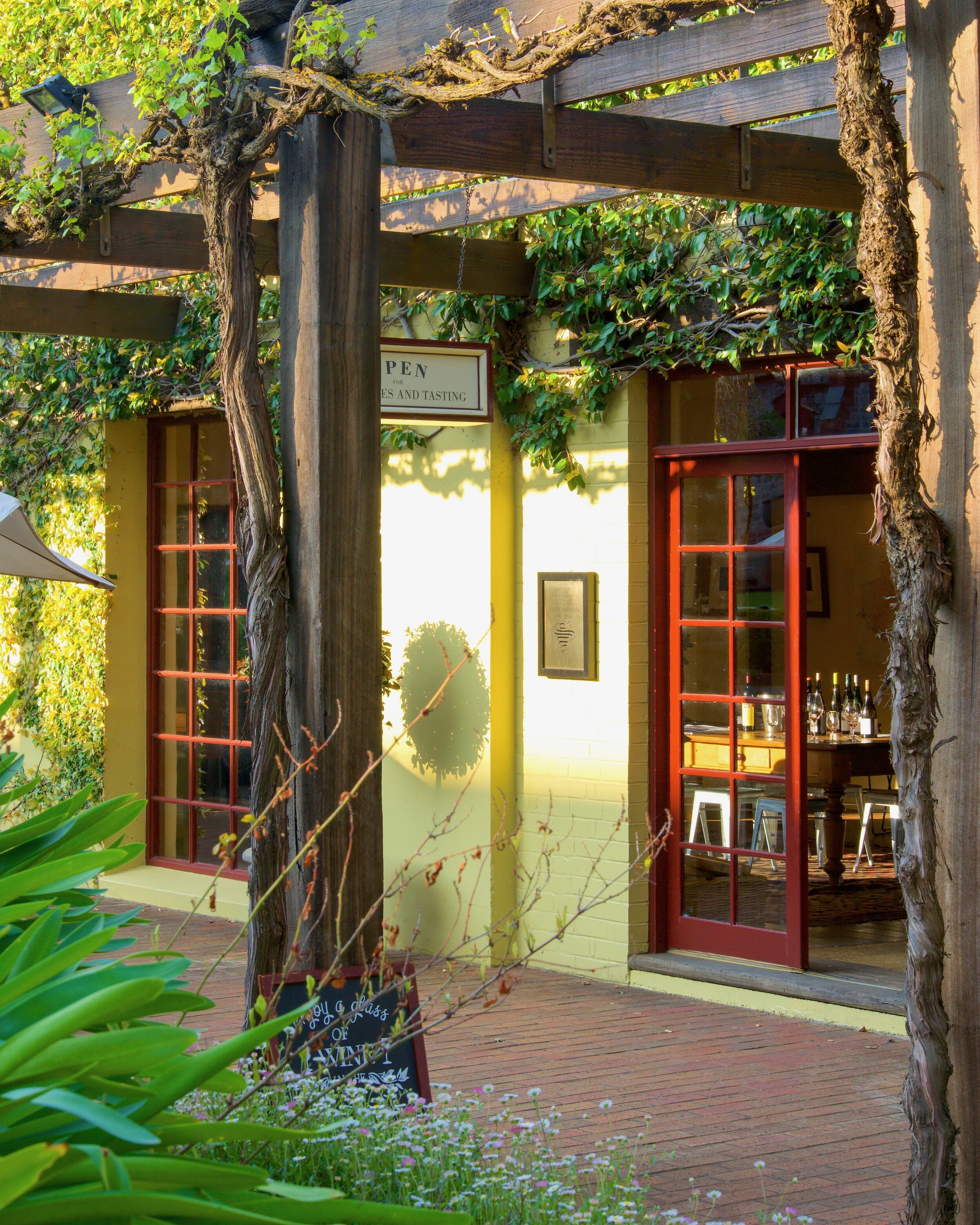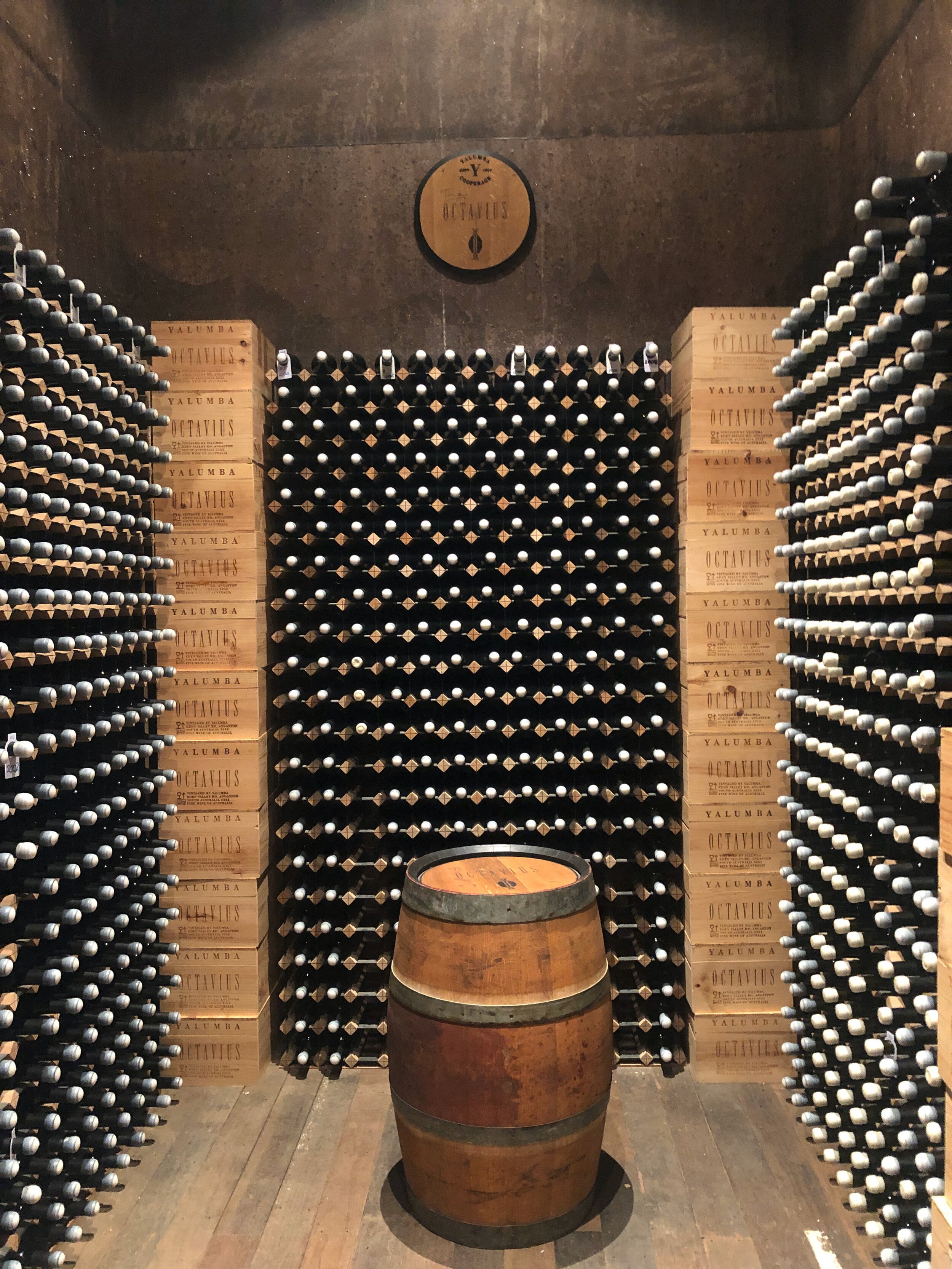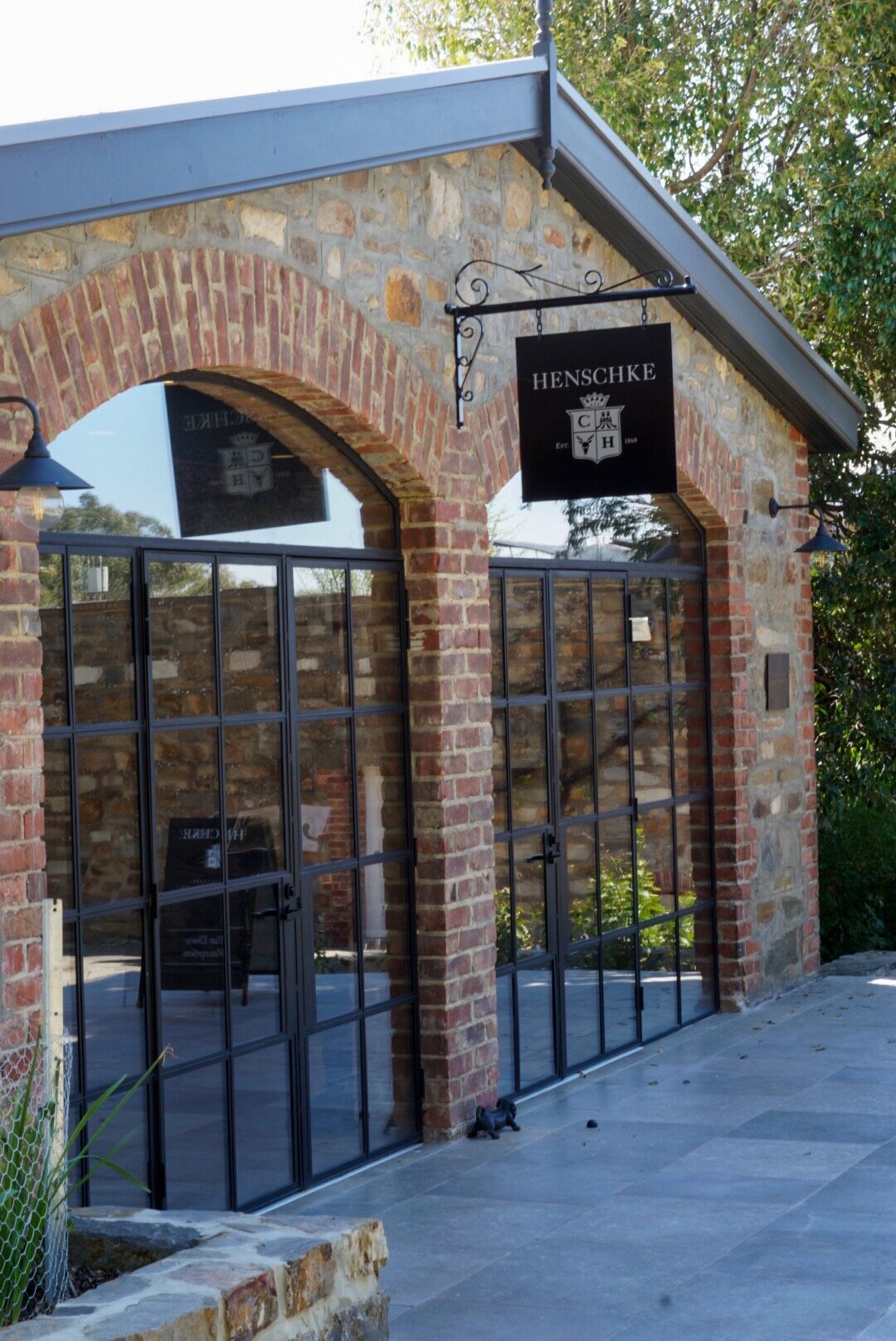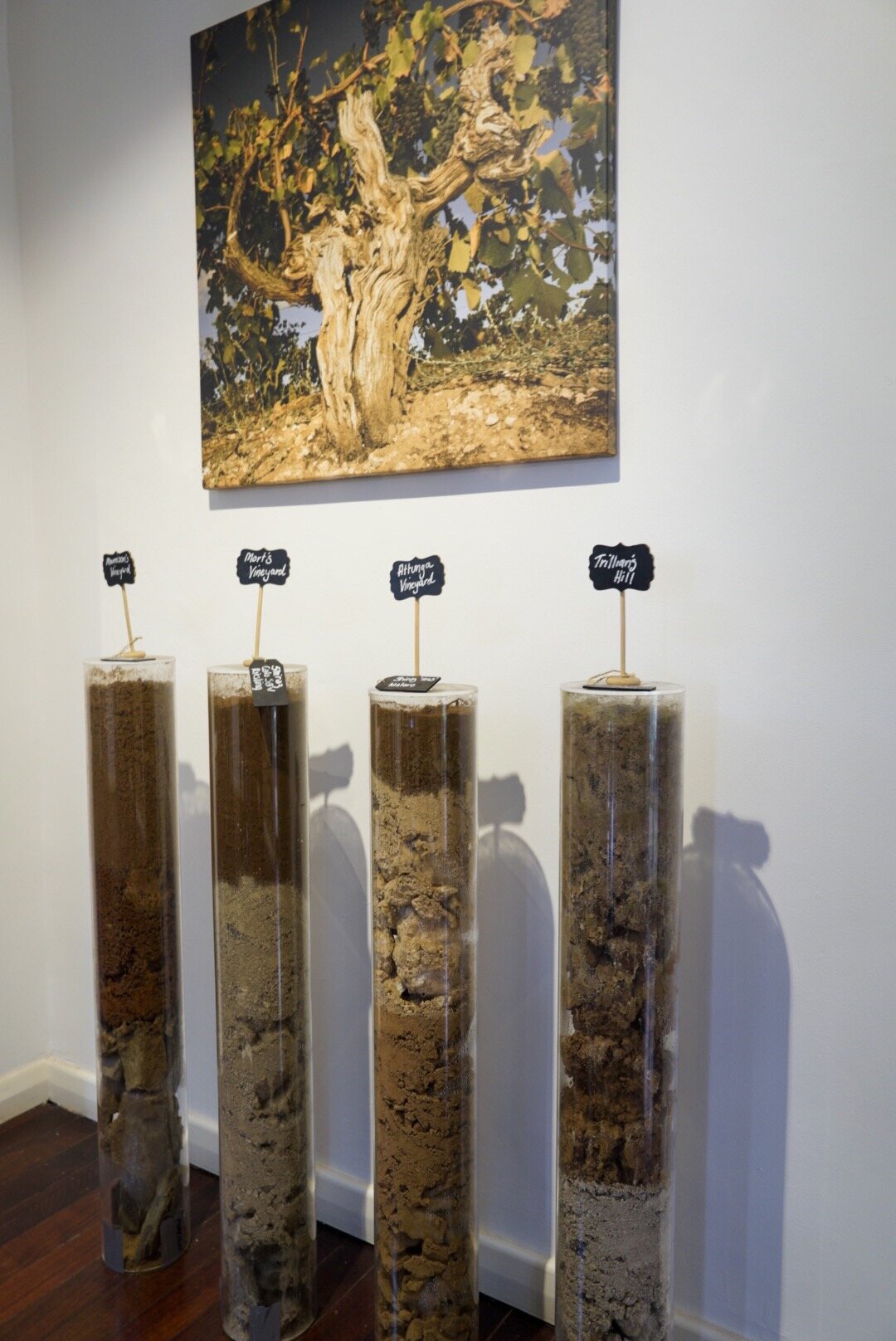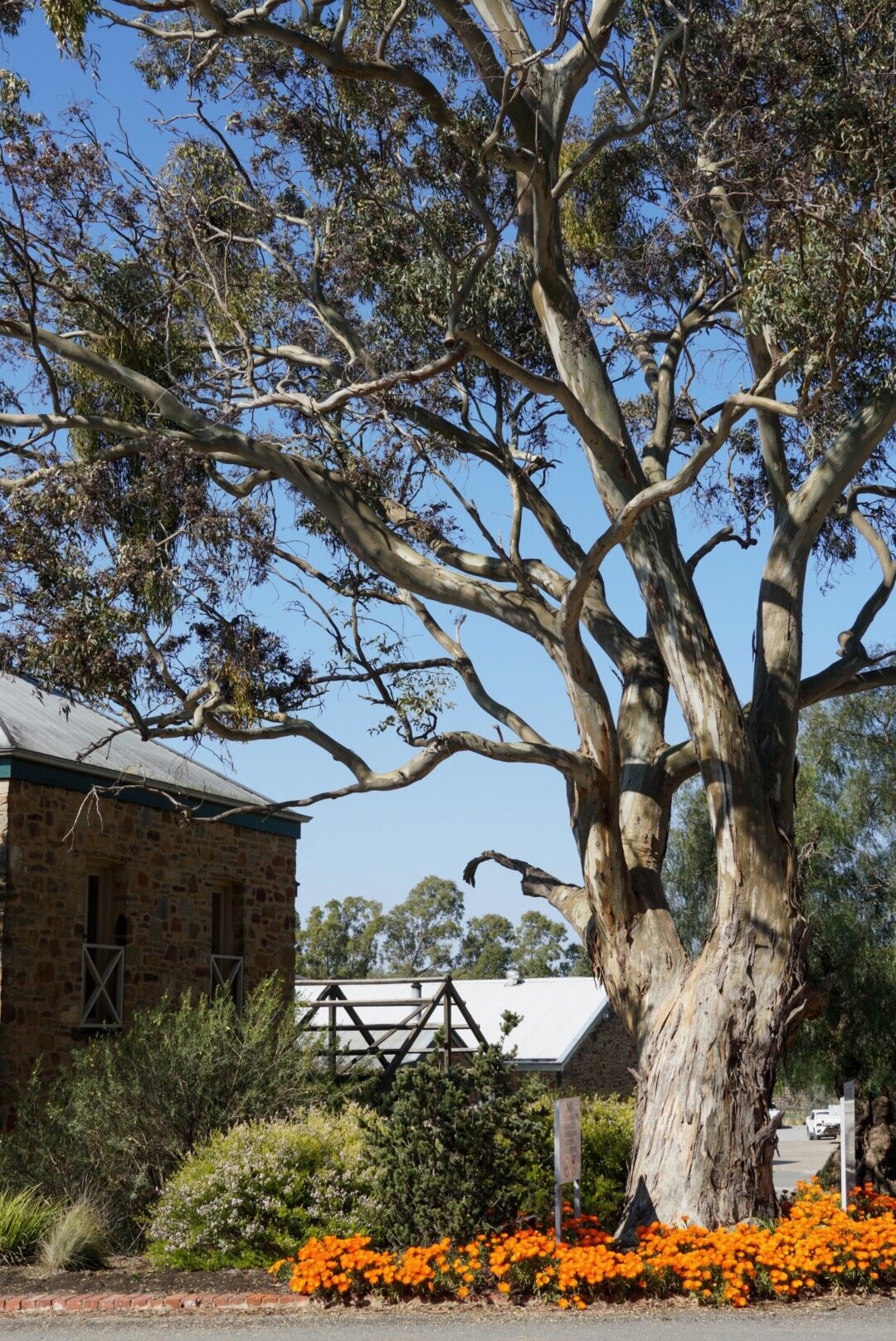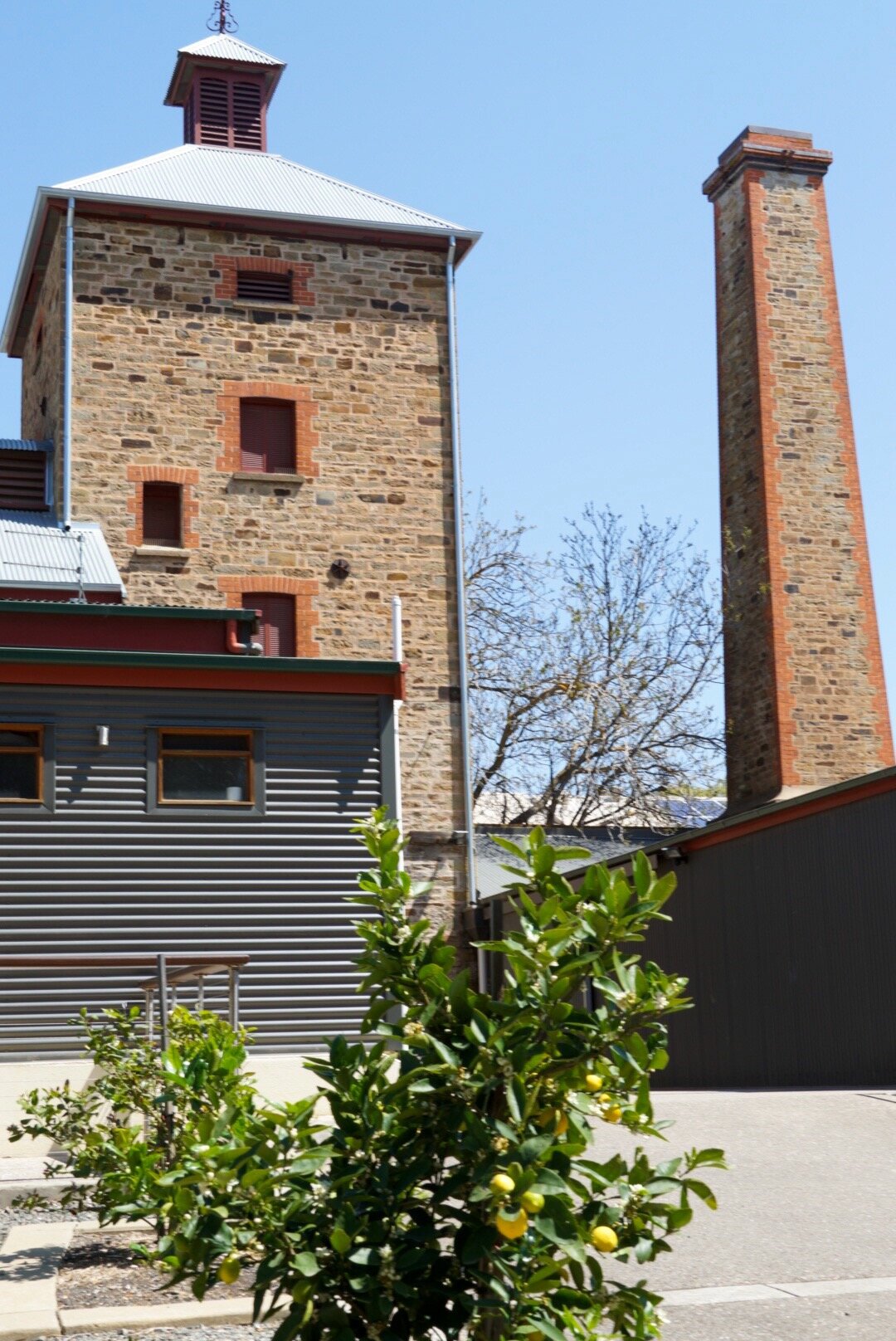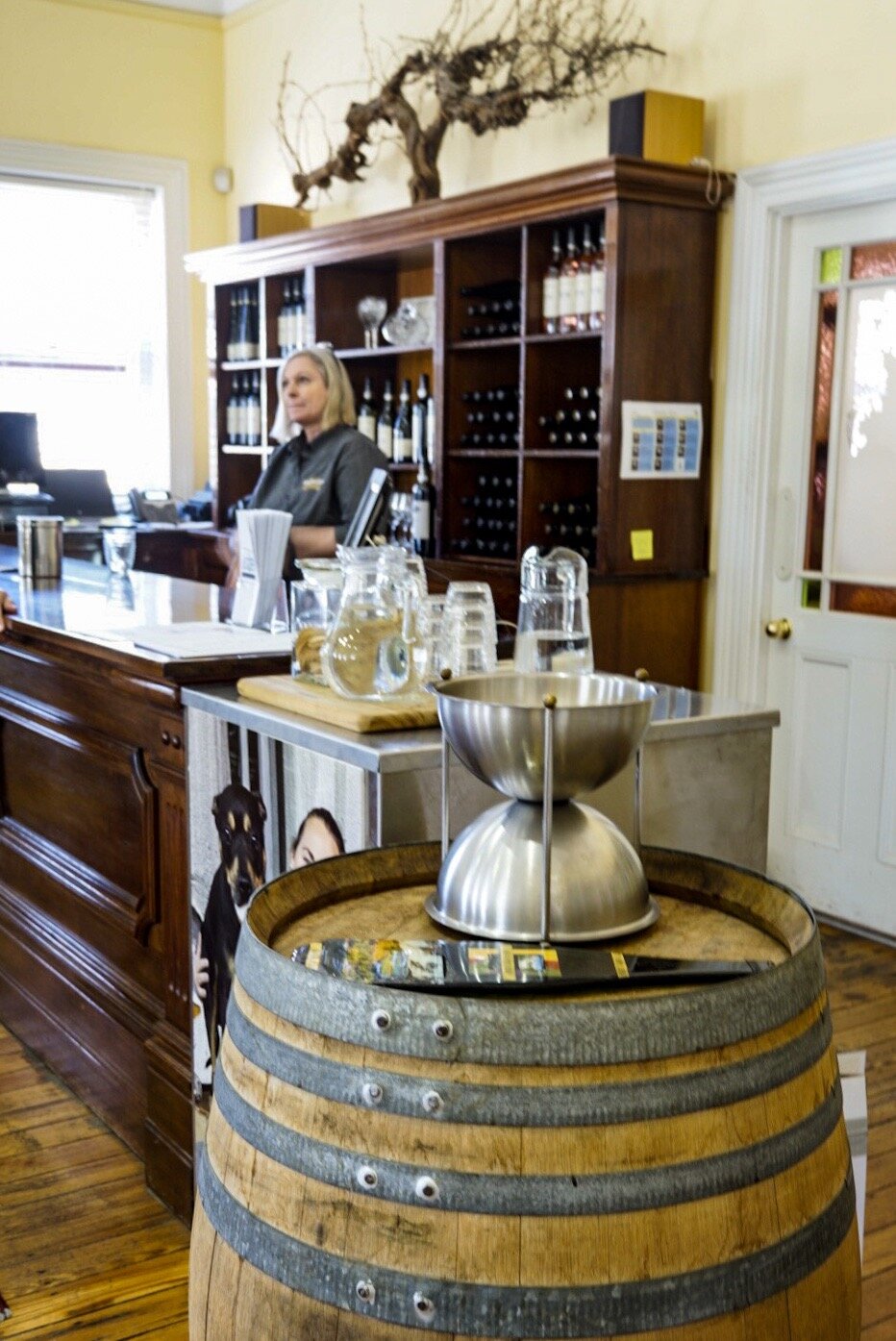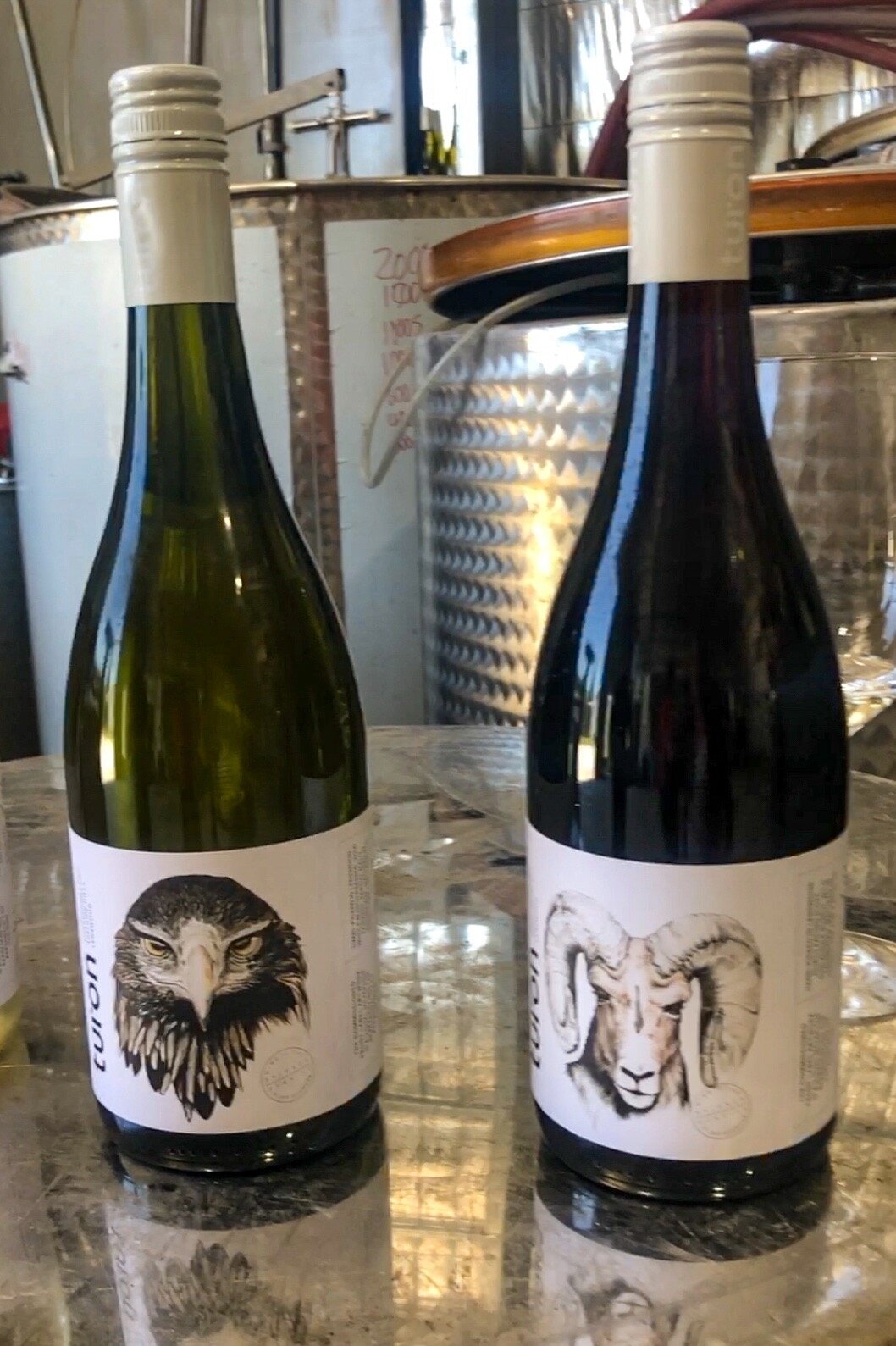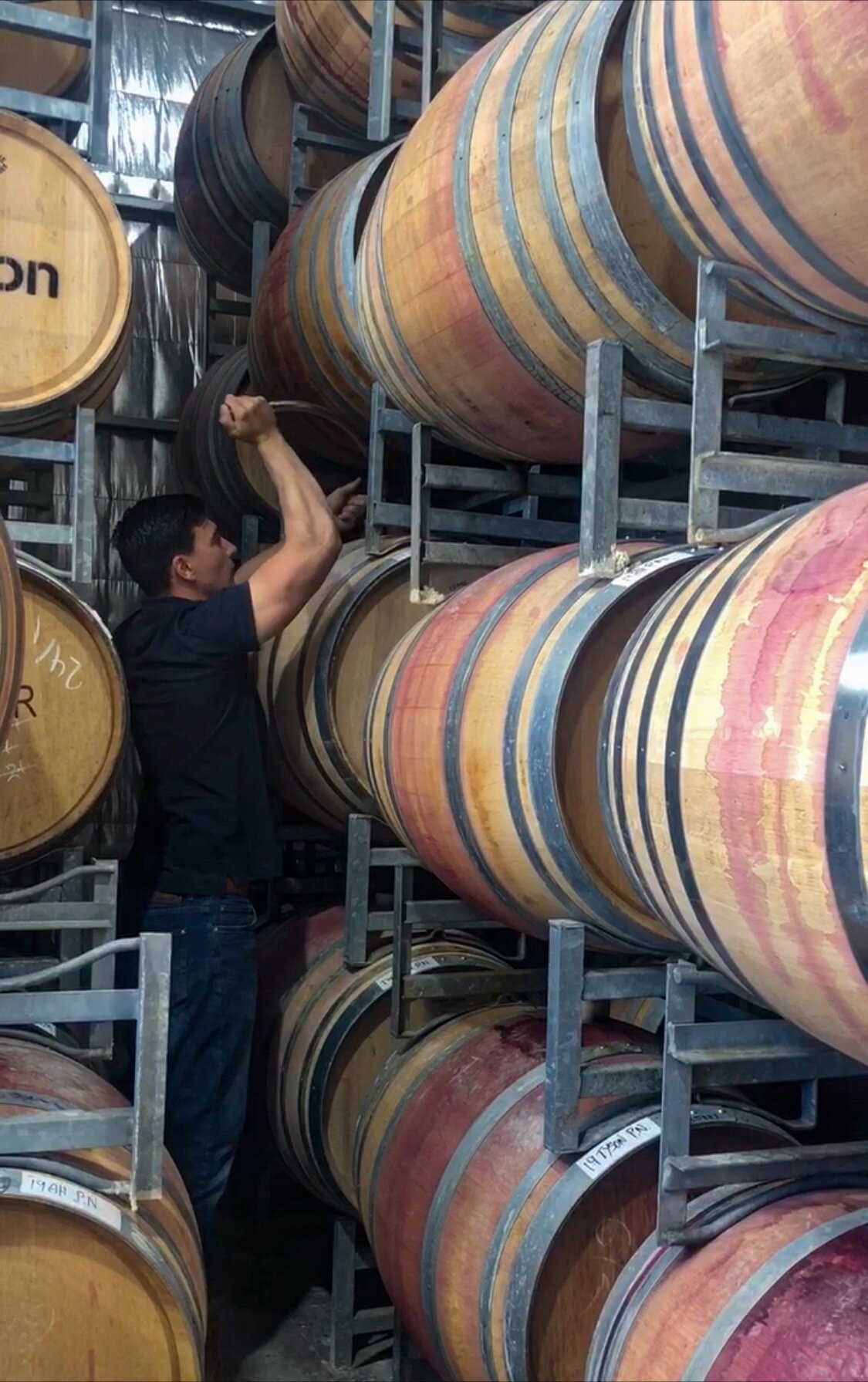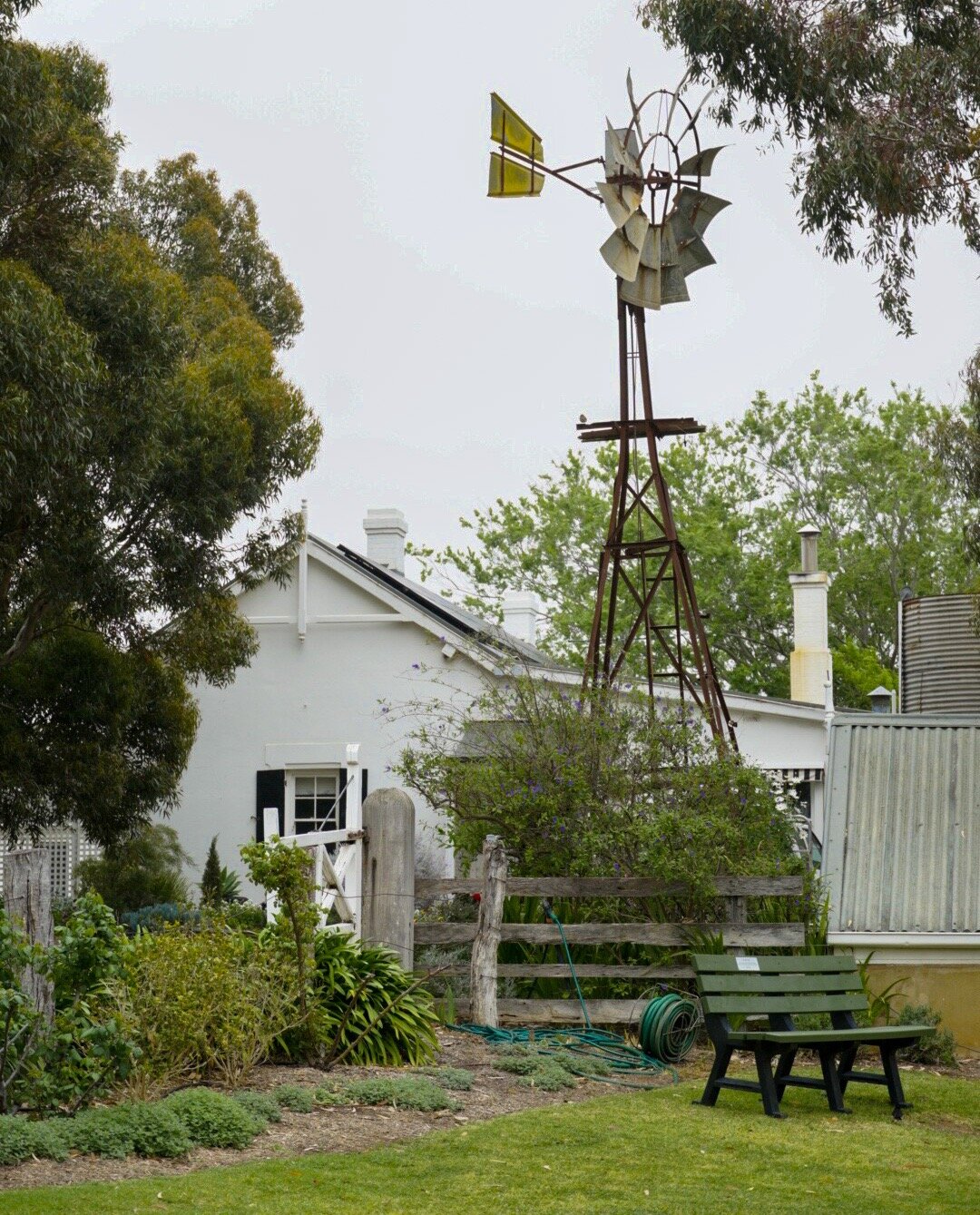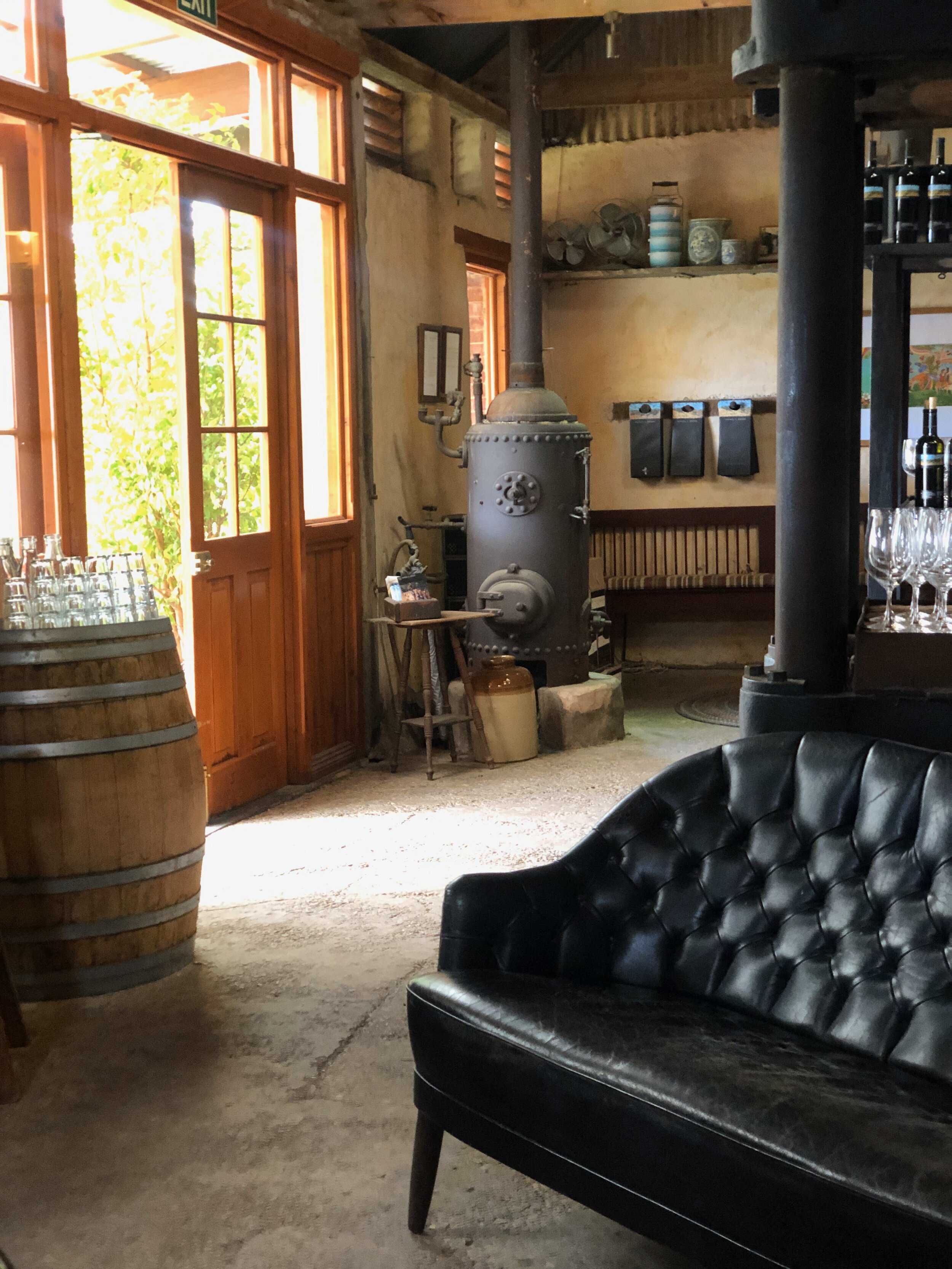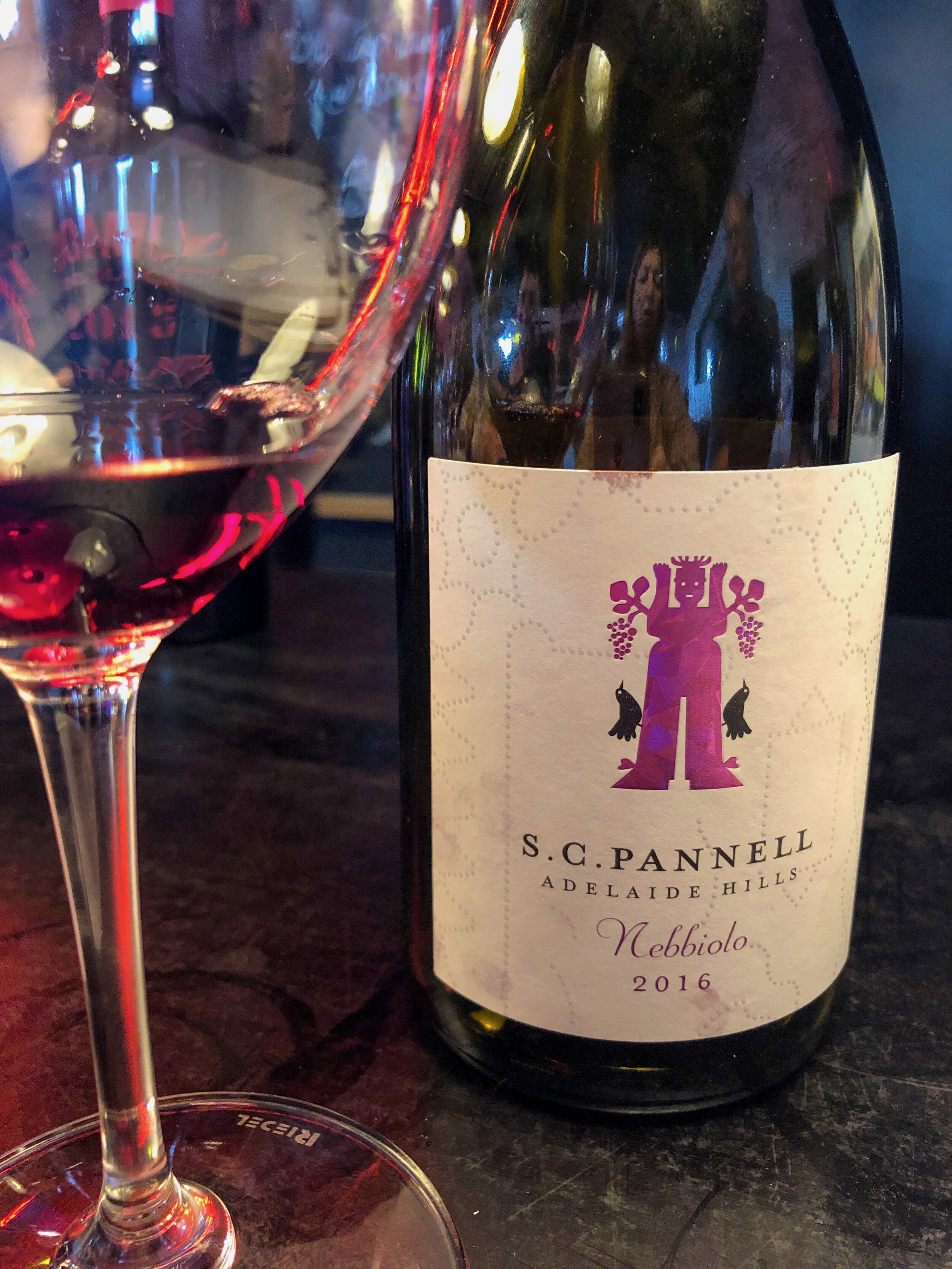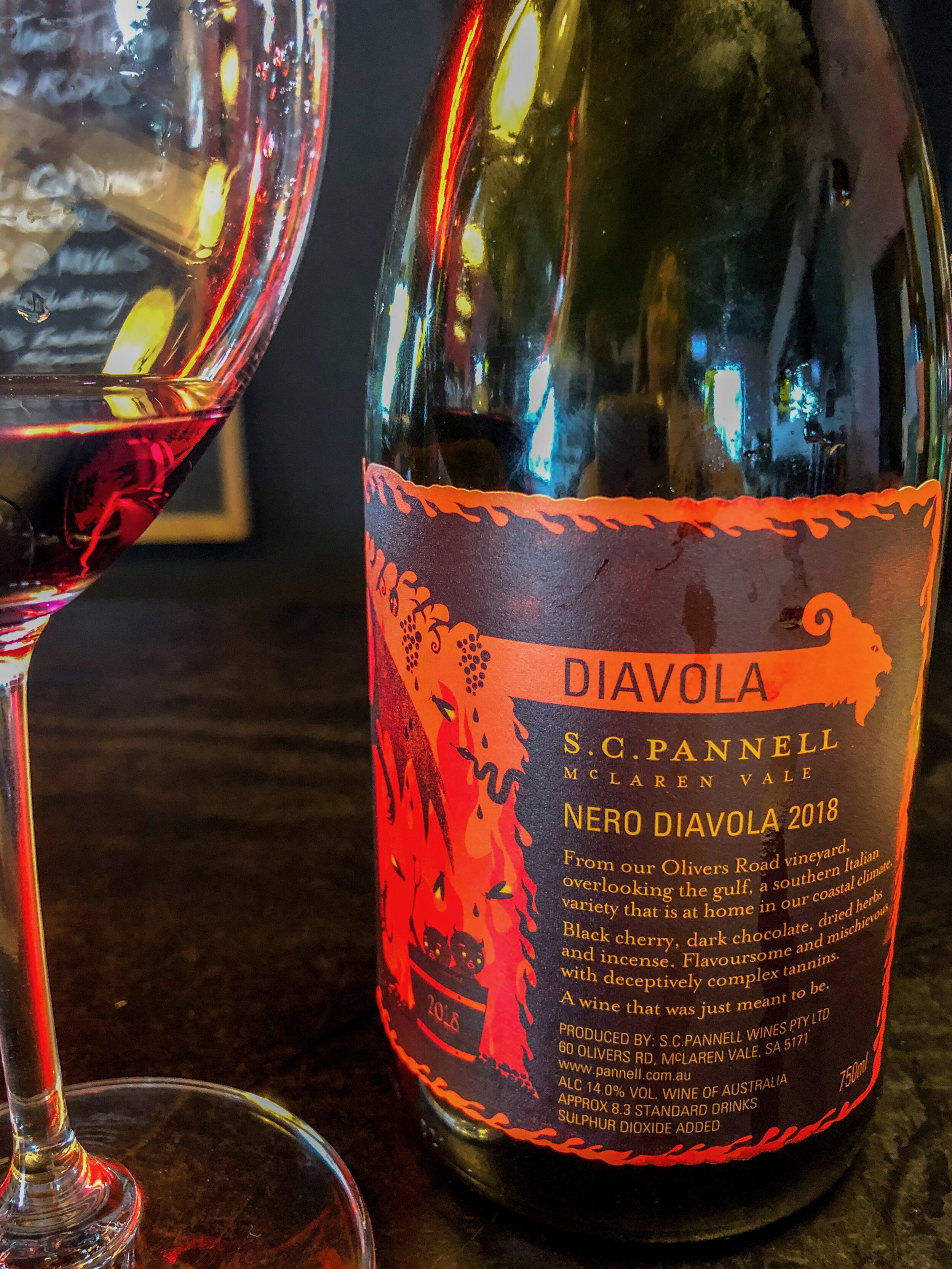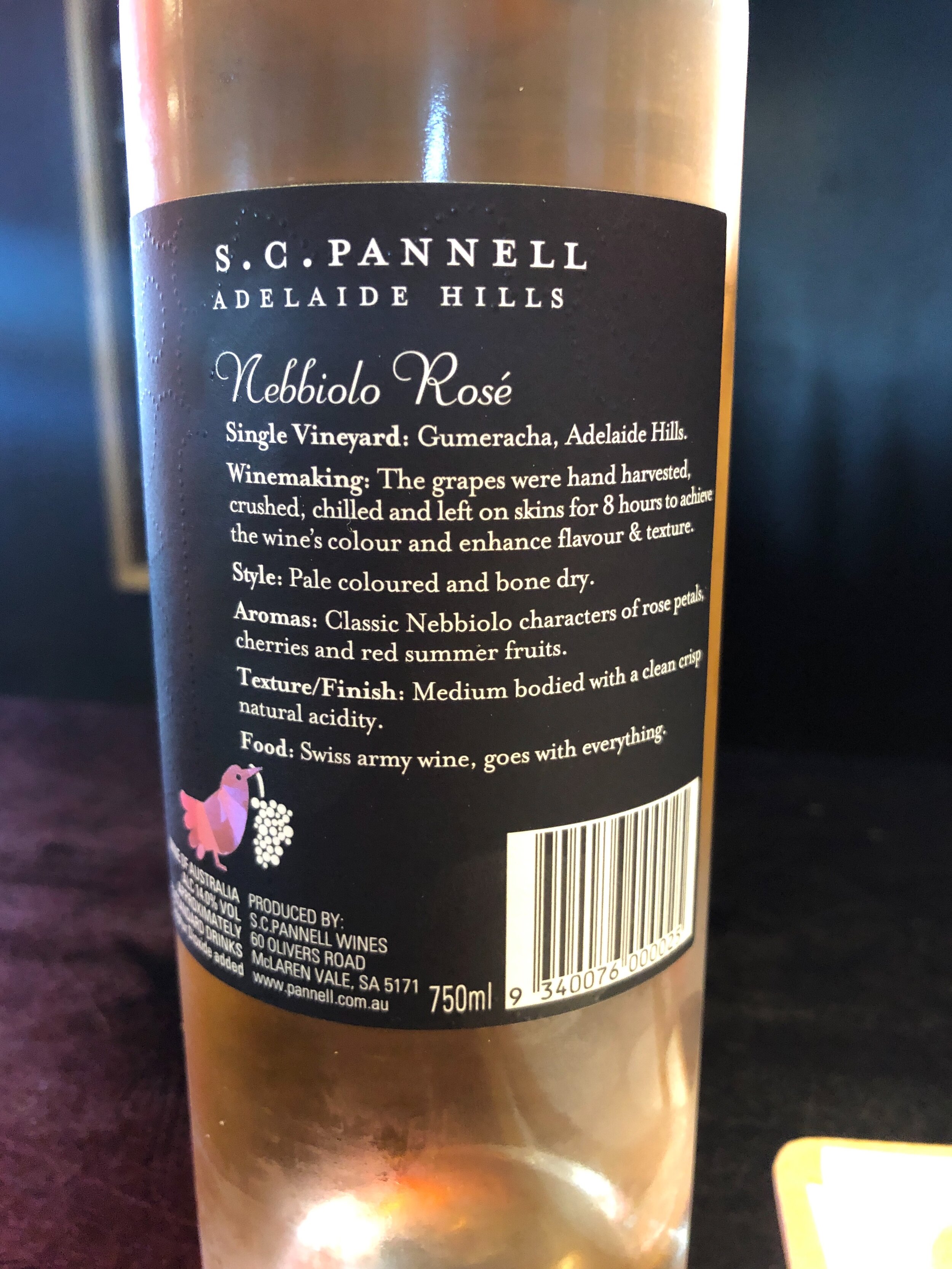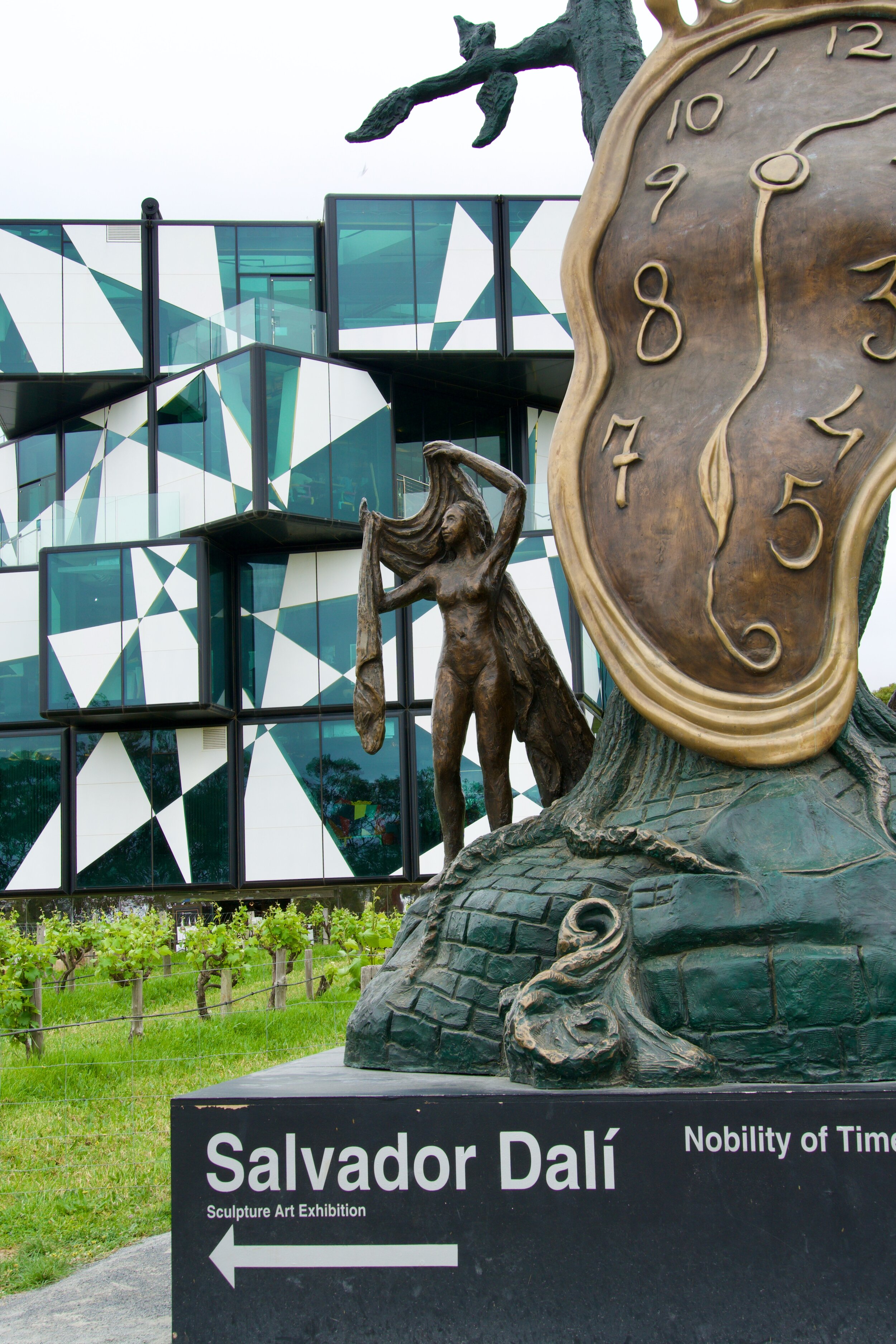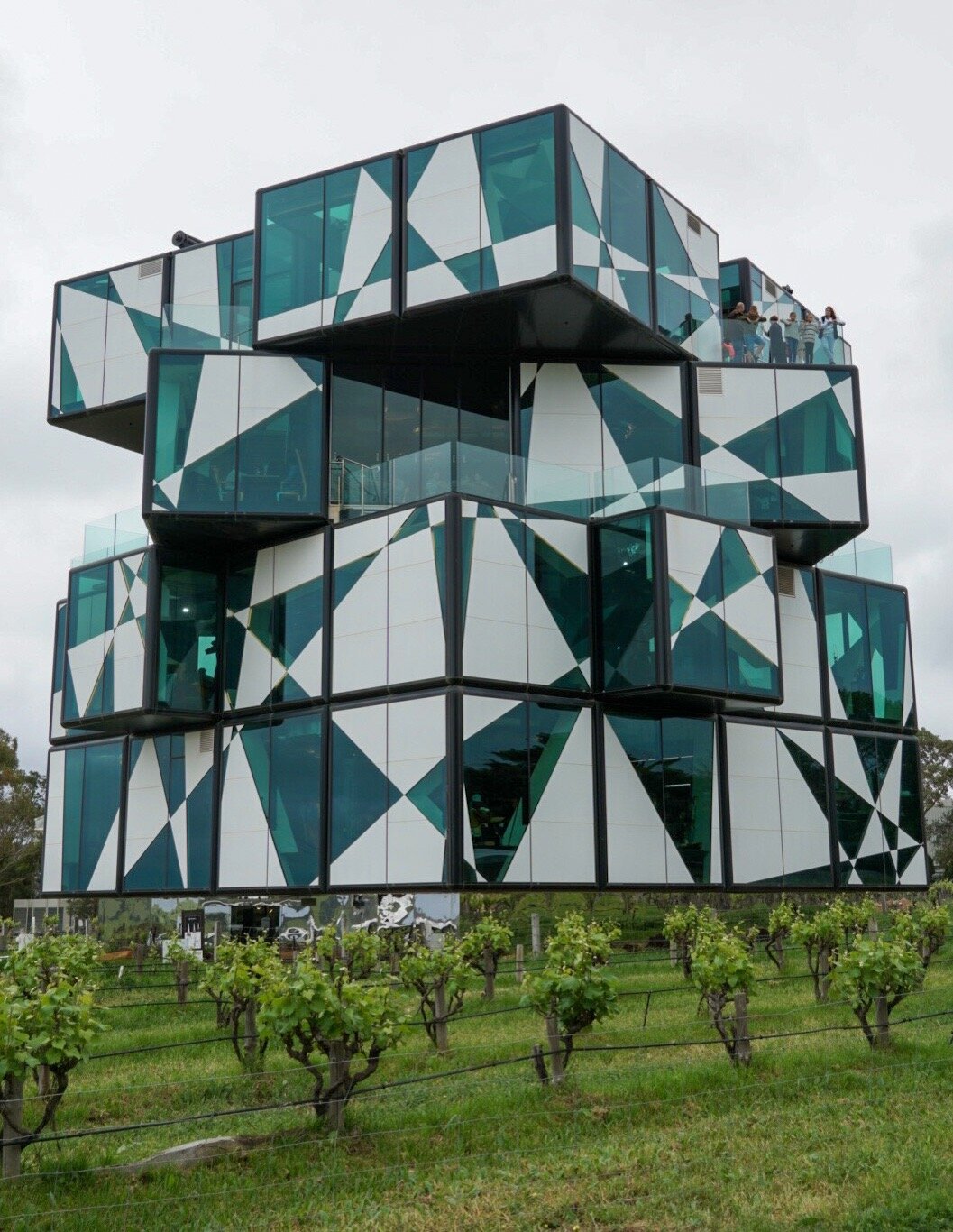South Australia: Wine Travel
Flying into Adelaide, you have four wine regions within roughly an hour's drive. Each has a unique personality and differences in the wines to be explored;
Barossa; the most historical region and well-known for producing quality red wines.
Claire Valley; a little further afield, is a cool-climate region renowned for their Rieslings. Upon visiting, you'll find the various micro-climates make for some unique distinctions.
Adelaide Hills; a cool-climate region known for Pinot and Chardonnay, but they don't stop there. The young gun winemakers seem to be landing in this region, and a natural wine movement is happening here, so lots to uncover.
McLaren Vale is a coastal region with a Mediterranean climate. The winemakers here have found similarities with Italy, Spain, and Portugal. You'll find some great expressions of these alternative varietals, as well as their renowned Shiraz and Grenache. If you want to experience old-world grapes in a new-world location, put this region on your list.
Some Australian wine terms that can be helpful;
Geographic Indication (GI) is an official description of a wine zone, region, or sub-region. It is used to protect the reputation of regional wine. This system of GI's is similar to the AVA system used in the United States. Neither system tries to indicate the quality of the wine, nor do they dictate how or what varieties are grown. The only stipulation is to have a label indicate a specific GI, 85% of the grapes need to come from that region.
Cellar Door, this term is used for wineries that are open to the public for wine tasting.
Barossa and Eden Valley
In the way that Napa and it's Cabernet's put America on the world wine map, you could say the same of Barossa's big, bold Shiraz's doing the same for Australia. In this way, the two valley's have similar historical significance, and both regions started growing grapes roughly around the same timeframe, the mid-1800s.
The two wine regions similarities diverge from their history, both in terms of geography, and what I'll call "feel" or atmosphere. Barossa's geography is mostly flat with rolling hills, similar to eastern Washington. The exception being Eden Valley, a geographic distinction and sub-region of Barossa. This sits at higher elevations in the Mount Lofty mountain ranges, it's hills filled with gumtrees and pines, and possessing a cooler climate than the valley. Barossa Valley also has a laid-back feel, and most of the wineries are family-owned. There was a pride in explaining and sharing the history of what compelled them to open a winery in this region.
A bit of history and something that will never be matched is Barossa Valley's old vines. Since Australia was spared from phylloxera, they have many old vine plantings, some upwards of 160 years old. These deep-rooted, unirrigated bush vines are used to the hot summer days in the Barossa. Most of these old vines are ungrafted and planted directly into the soil. Barossa even has this old-vine Charter;
Ancestor Vine: 125 years or older
Centenarian Vine: 100 years
Survivor Vine: 70 years
Old Vine: 35 years
A high proportion of vines are owned by growers, rather than winemakers. This may be influenced by the large proportions of these ancient vines, over 200 acres, which have been farmed all their lives by the same family. Vintners go to great lengths to make sure their agriculture remains disease-free. If you are even allowed into a vineyard, you may undoubtedly be asked to clean your shoes.
Although Shiraz is the most planted grape, Grenache is one of Australia's rapidly rising stars as a varietal wine. I fell in love with the expression of the grape in South Australia, both in Barossa and McLaren Vale. Barossa Grenache being medium-bodied, silky in texture, with upfront red berry and floral aromas. The McLaren Vale Grenache from their sandy soils tended to be more delicate and floral. Additionally, you'll find GSM blends, but instead of using the French term Mourvedre, they use the Spanish, Mataro. Shiraz will also be blended with Cabernet and Merlot, but you can find some single varietals of these grapes too.
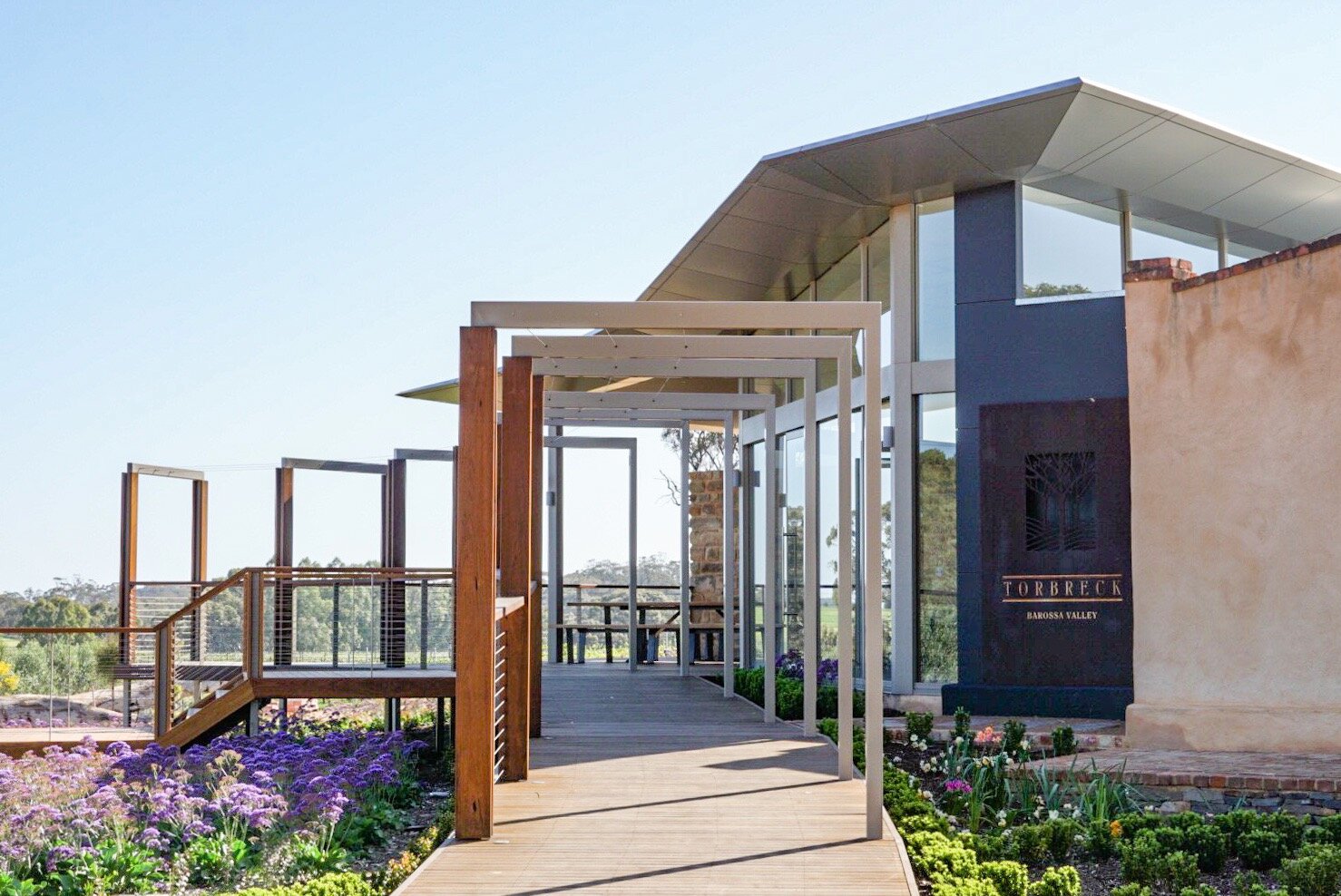
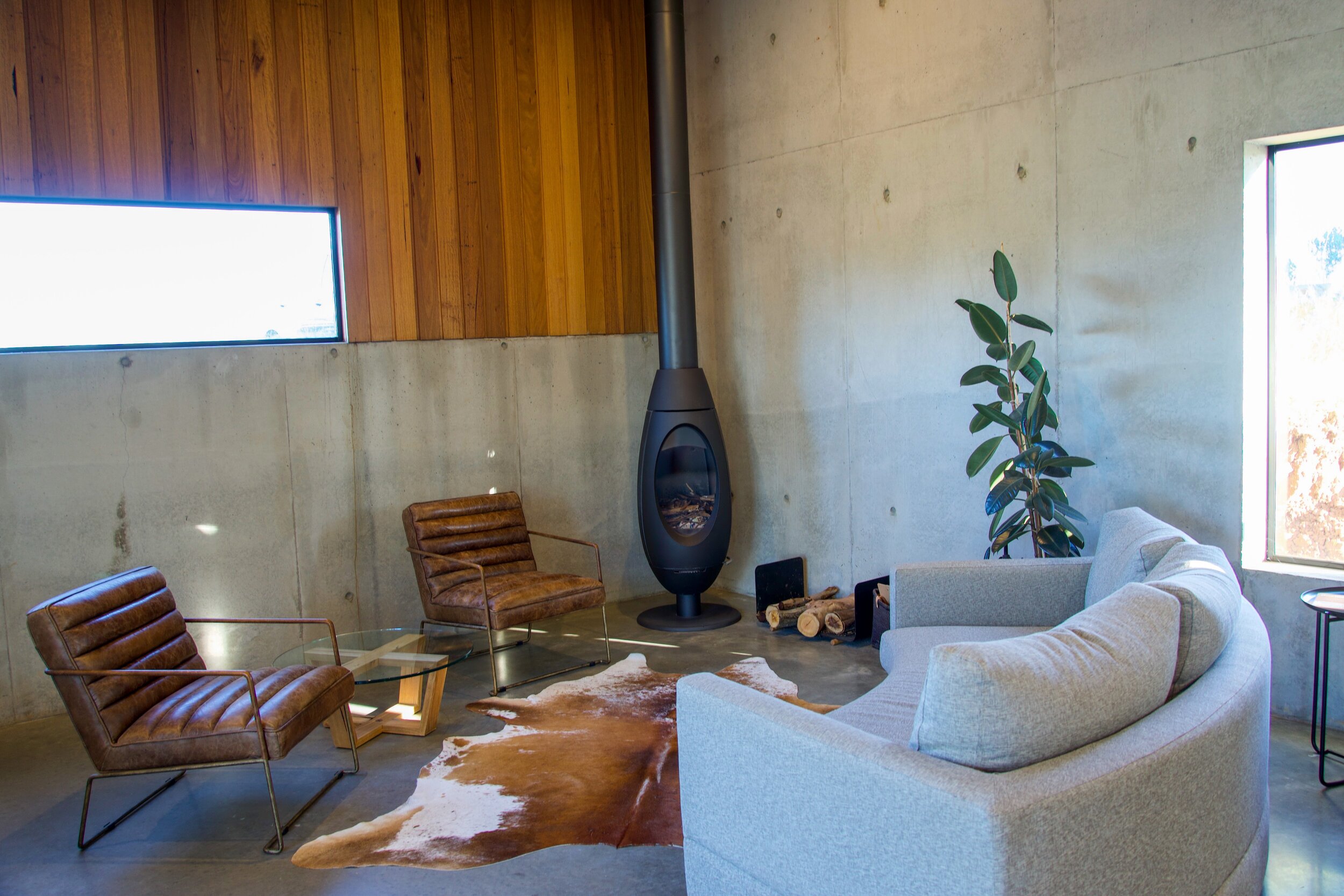
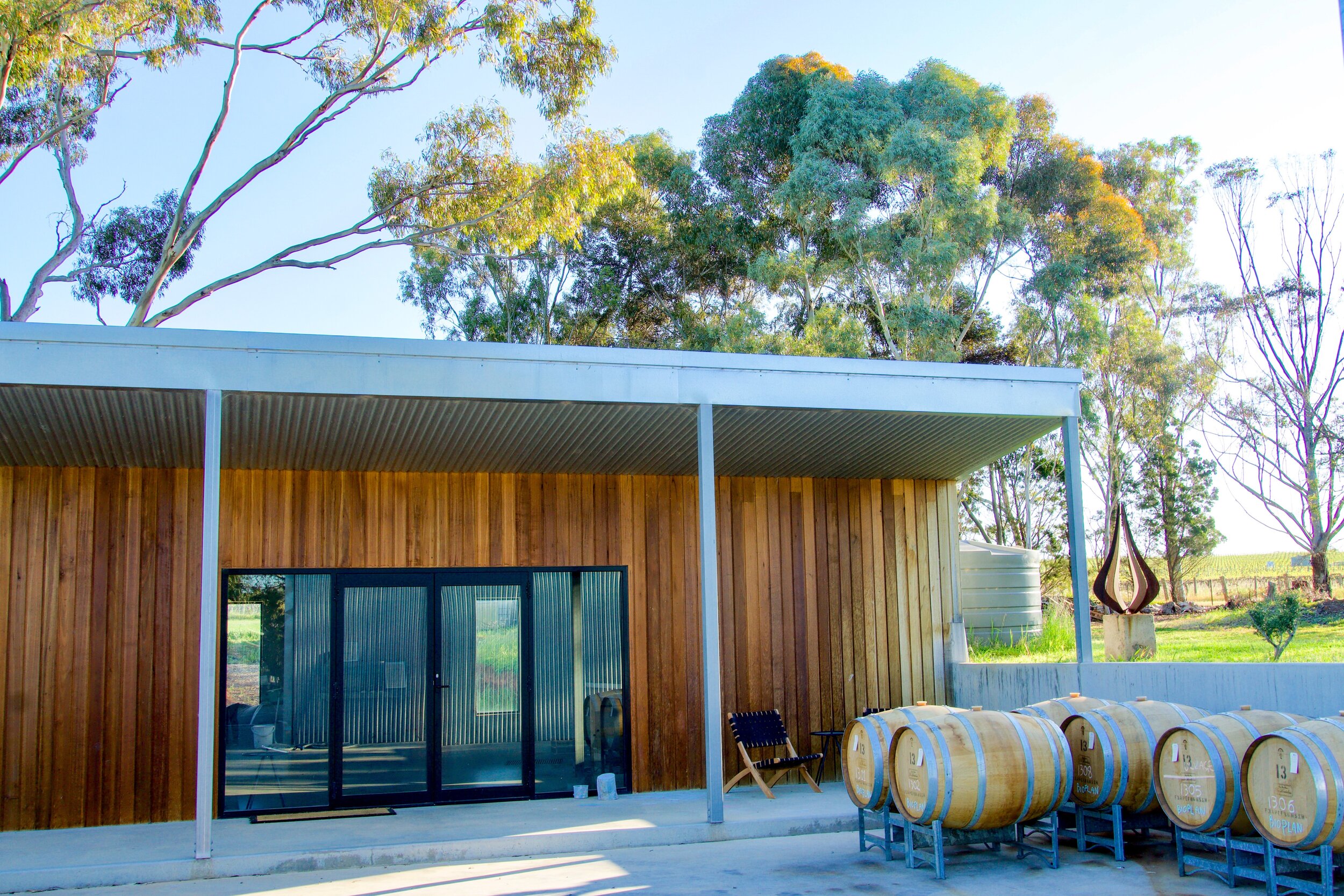

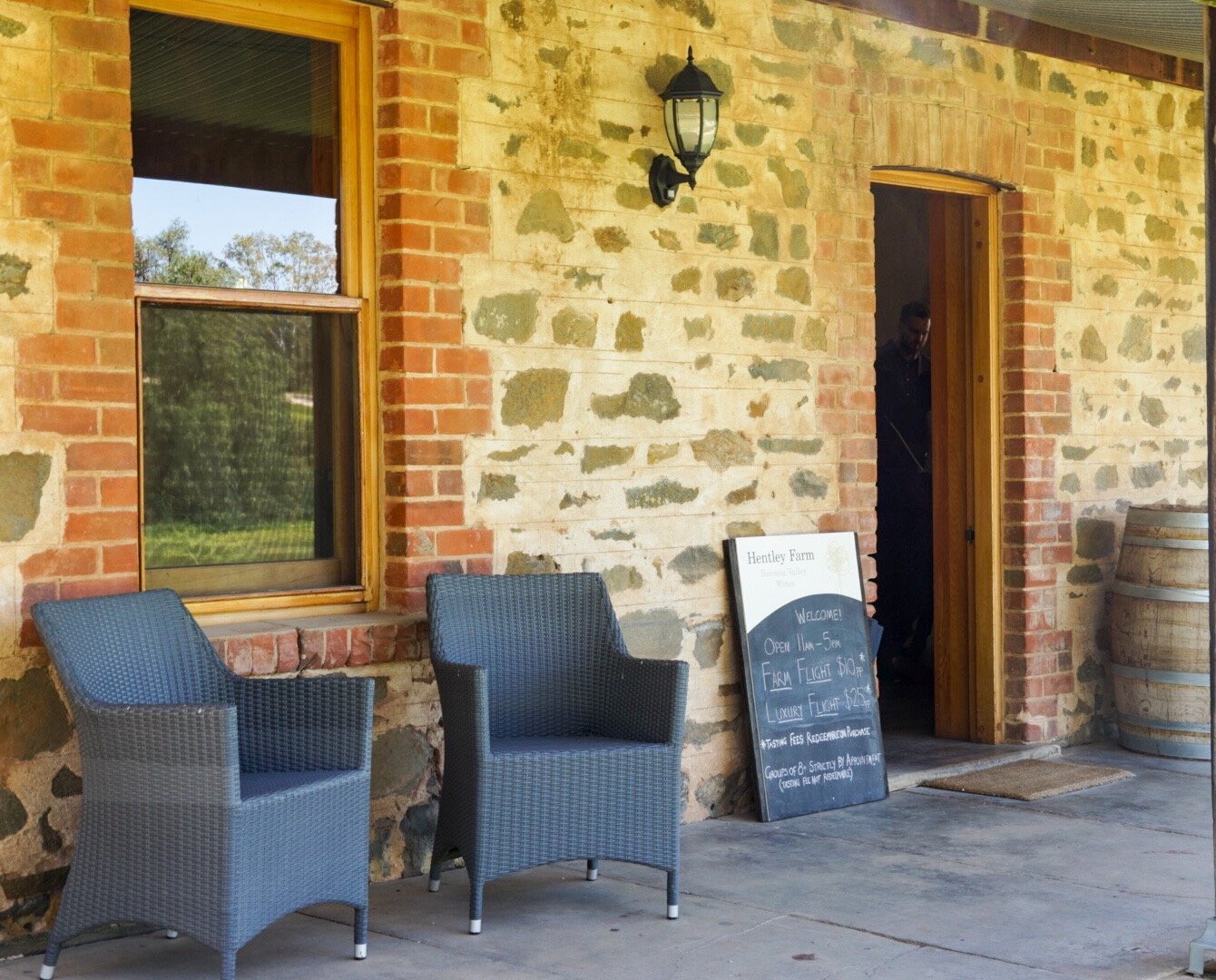
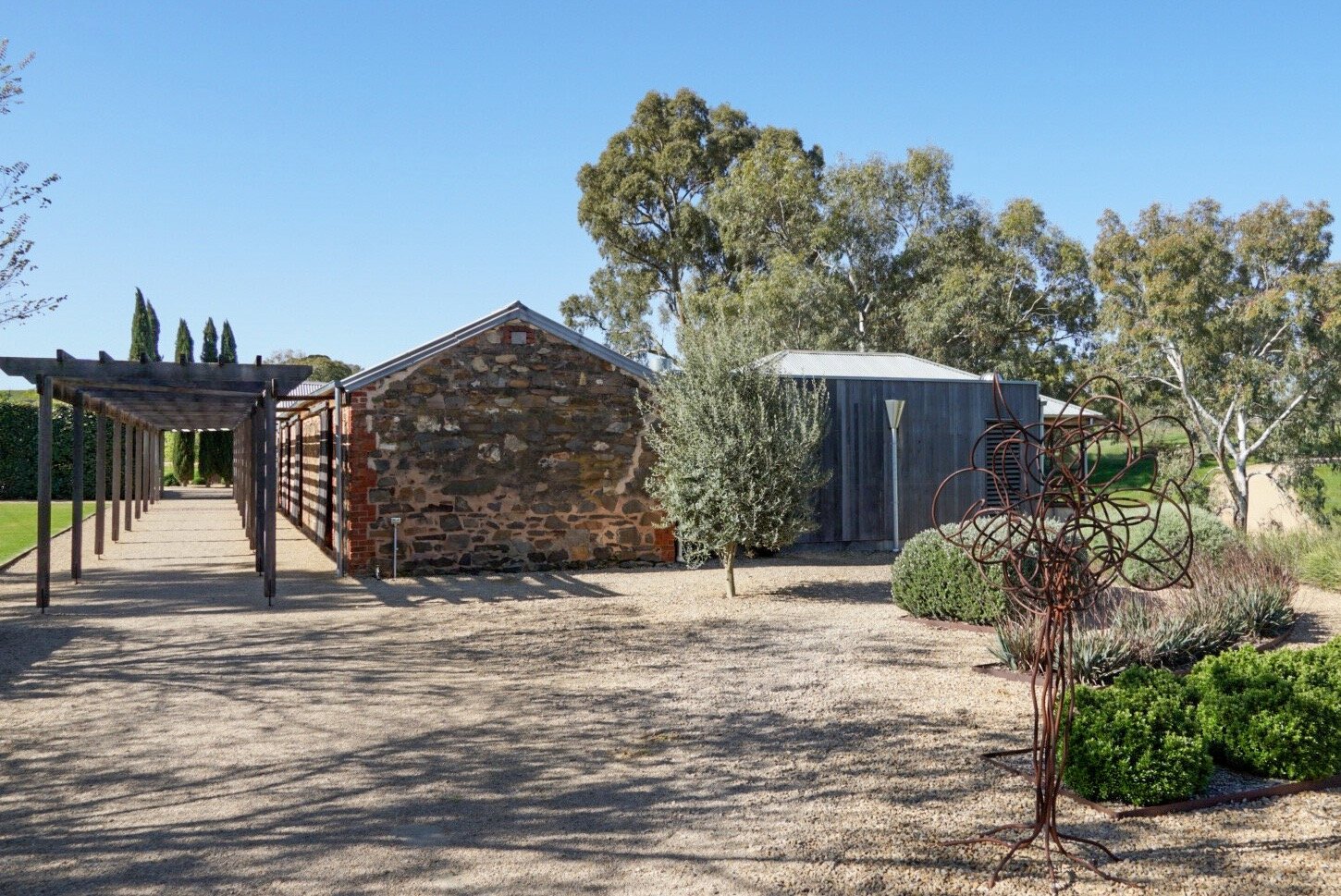
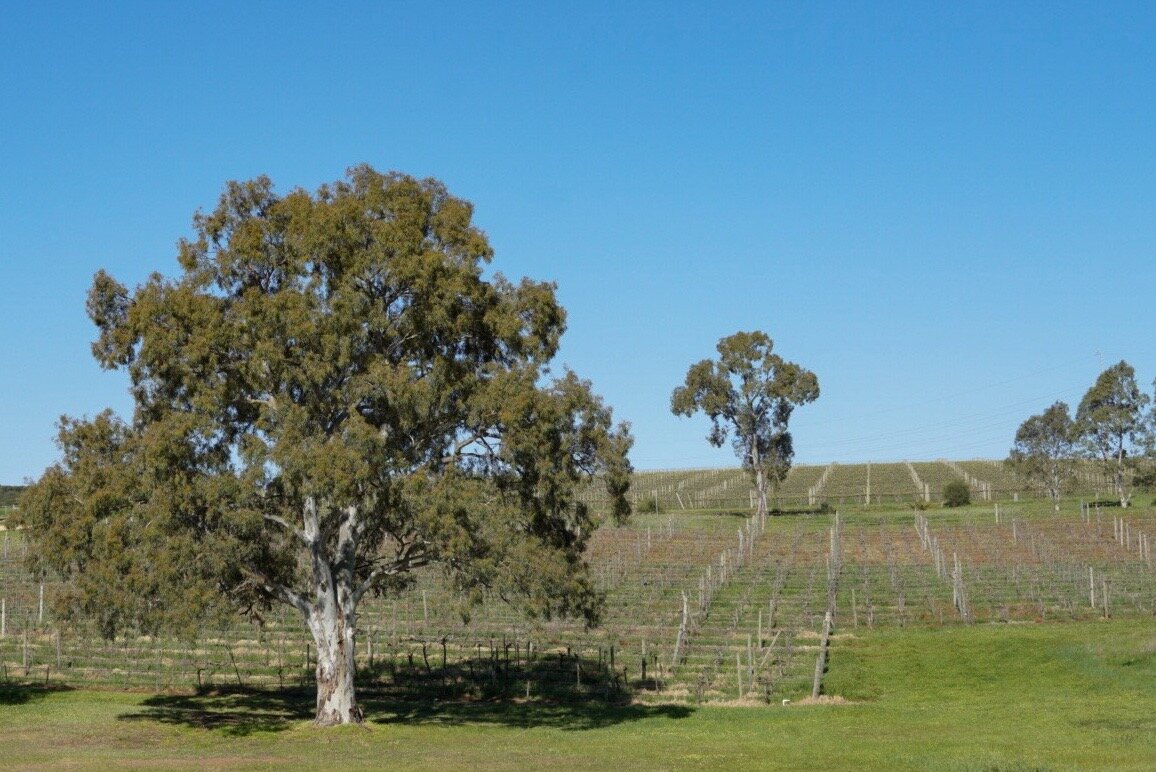
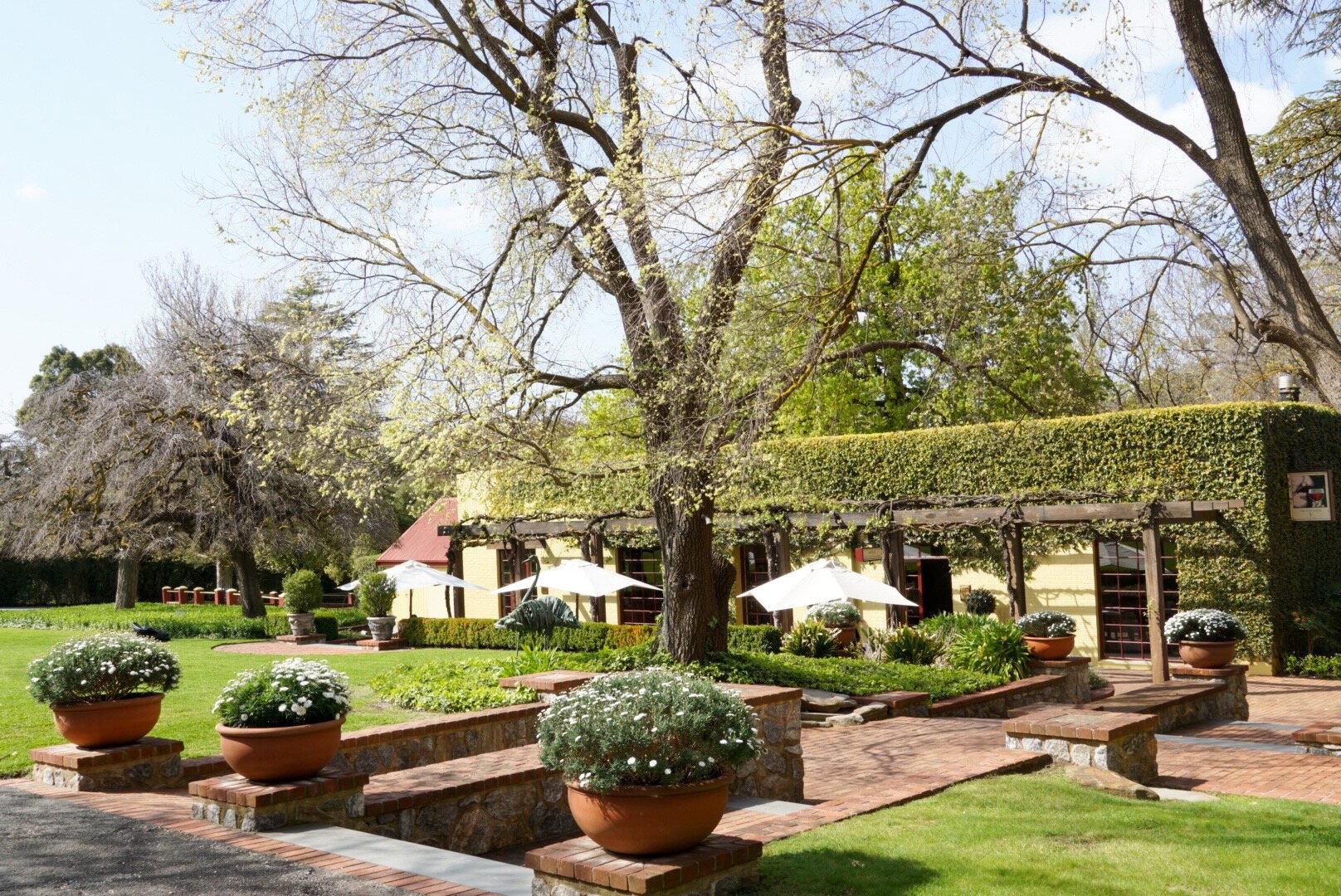
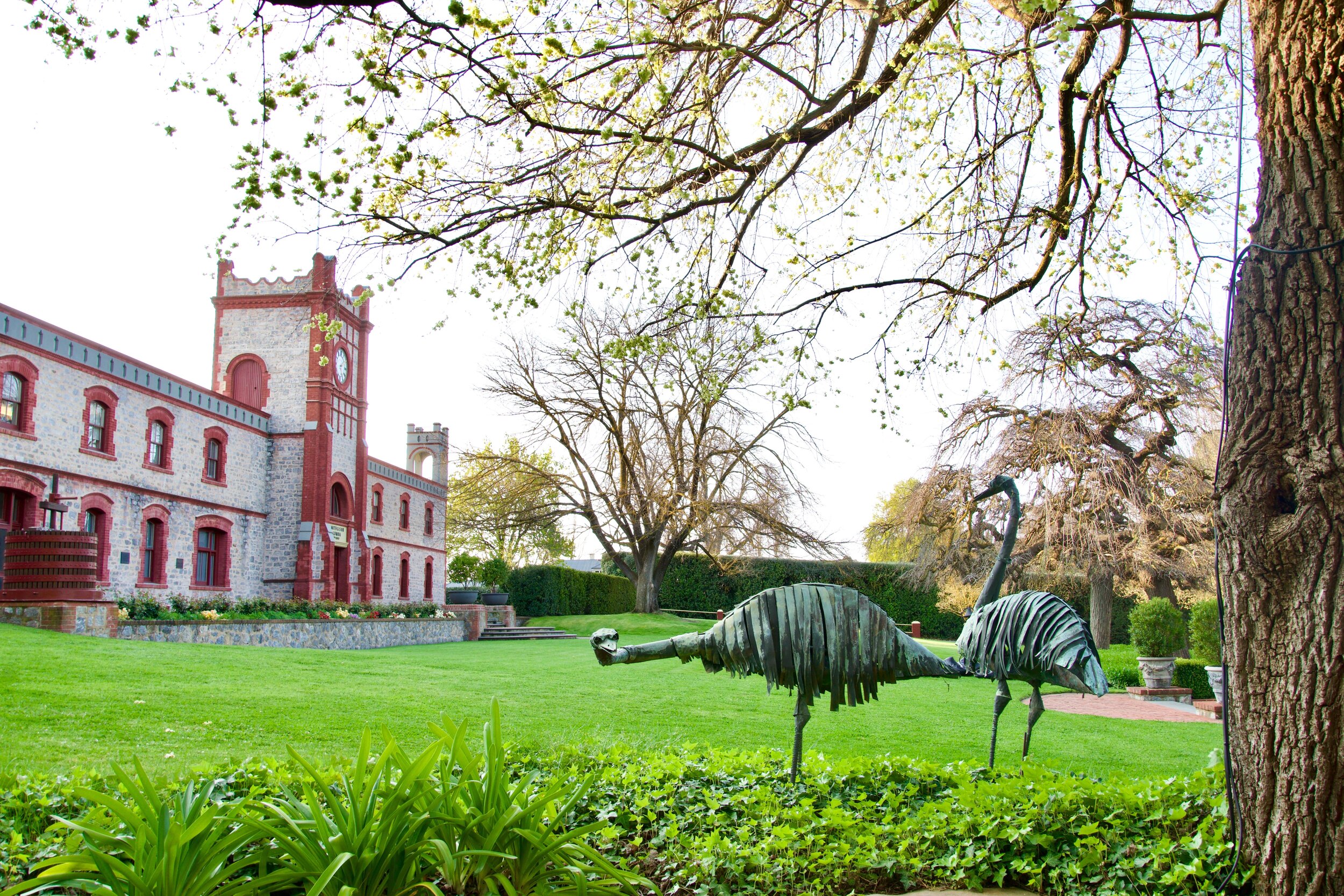
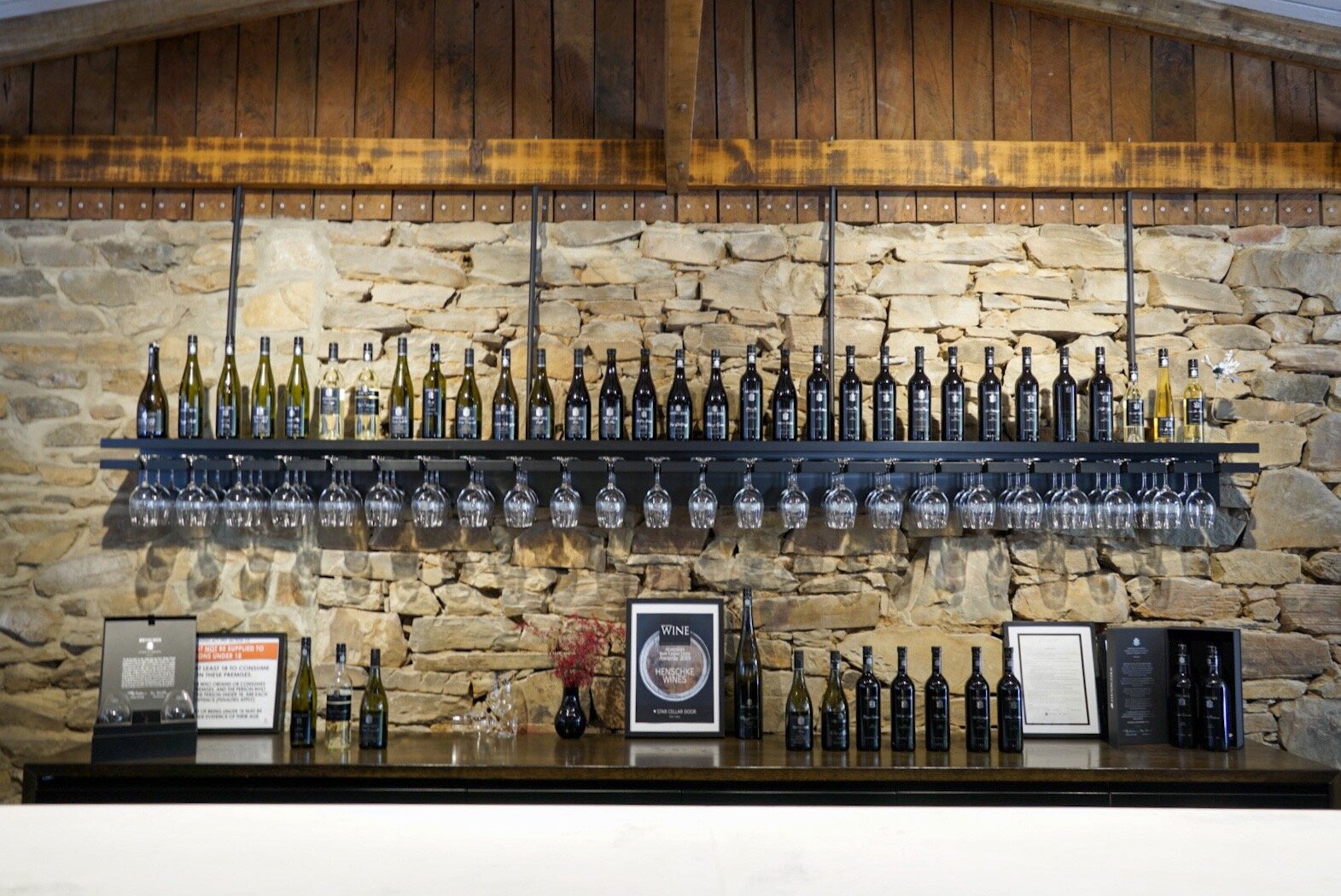
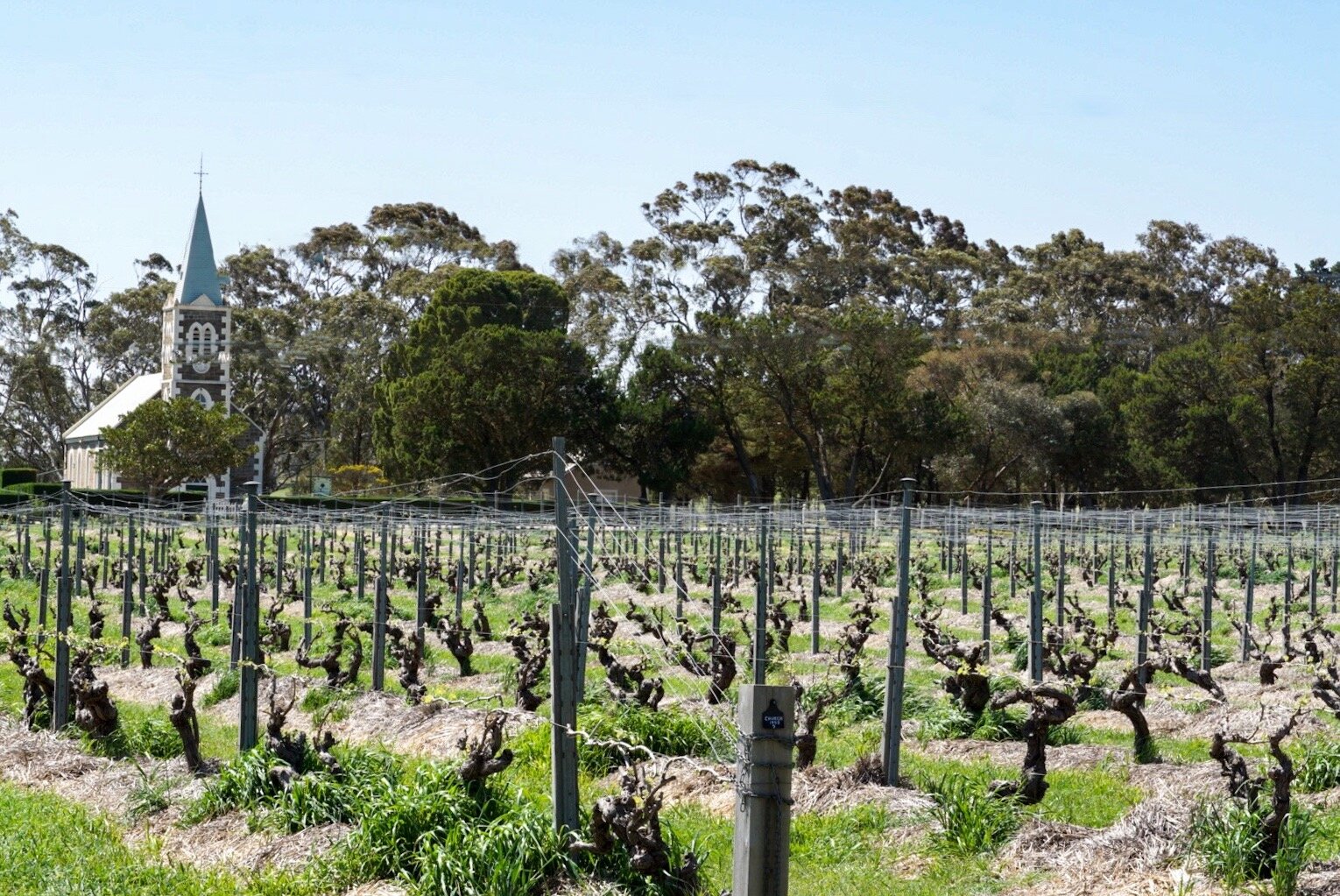
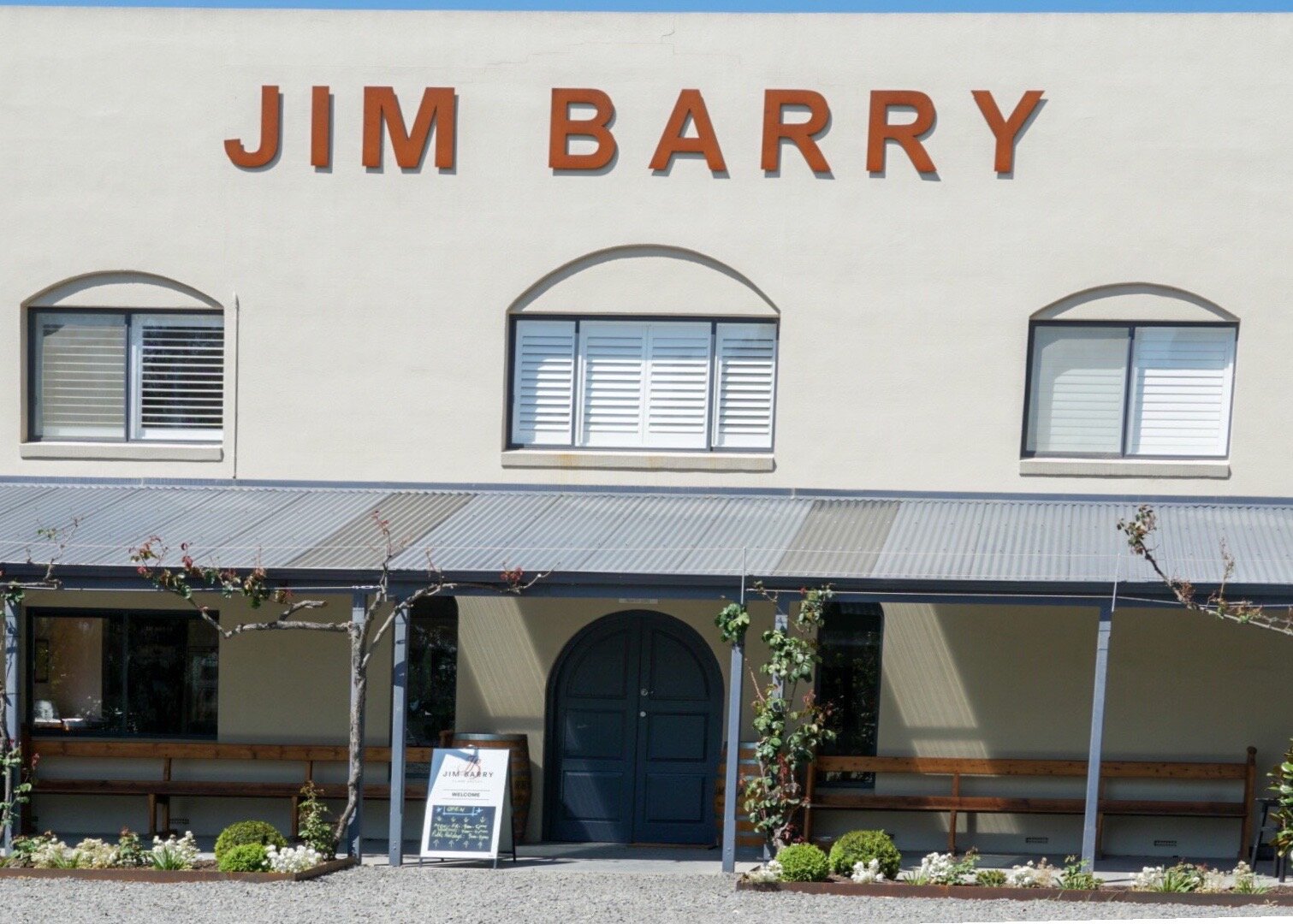
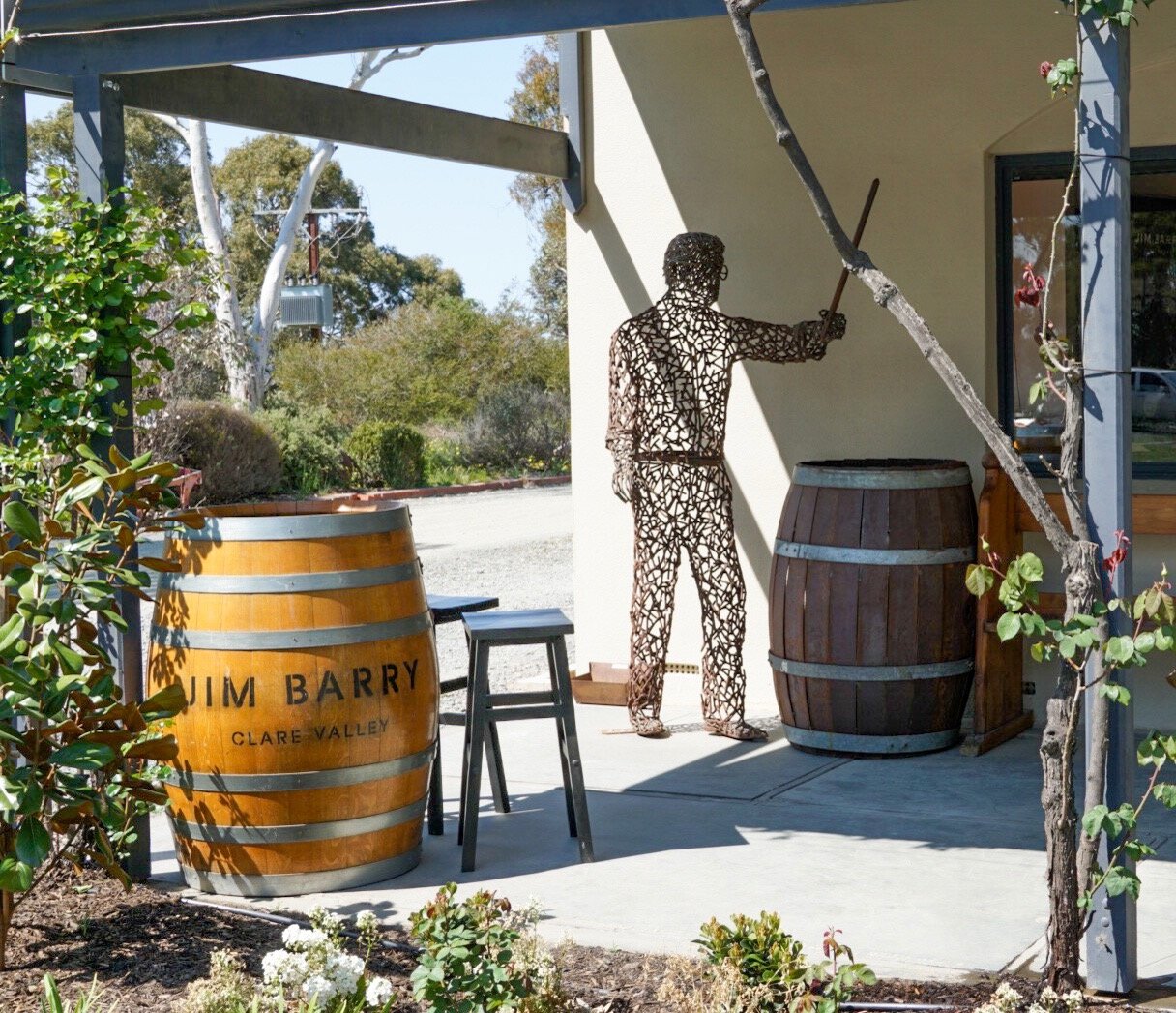
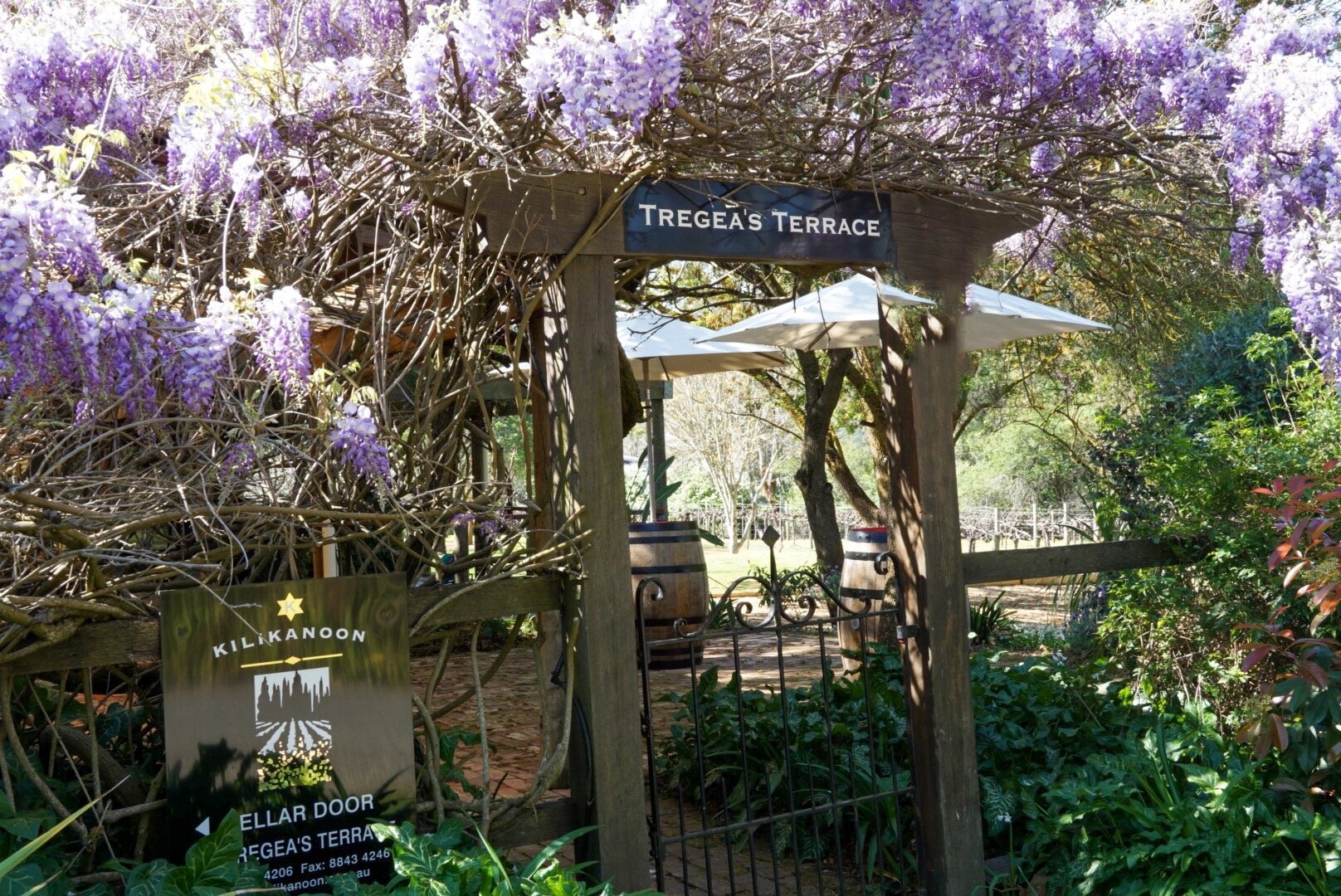
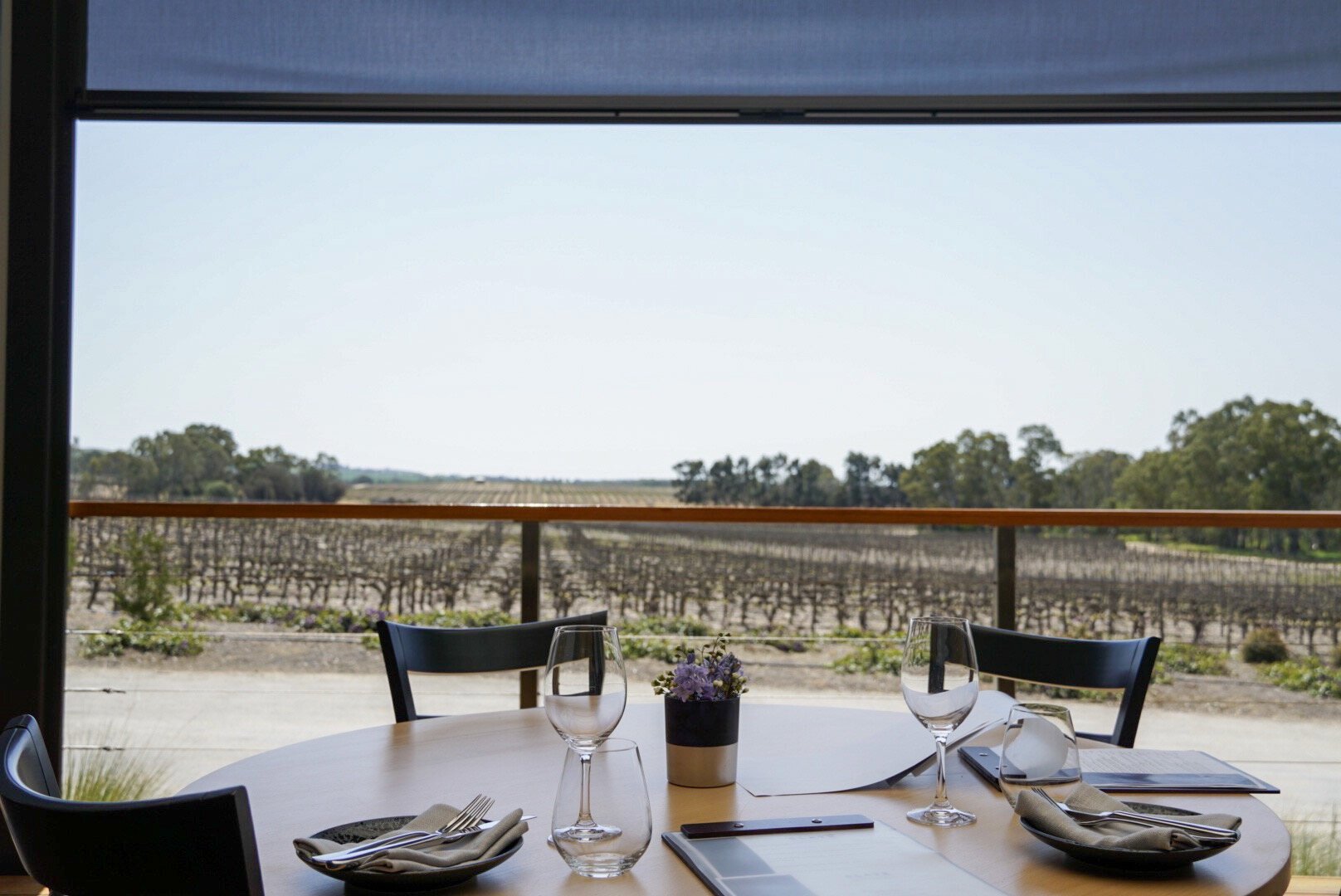
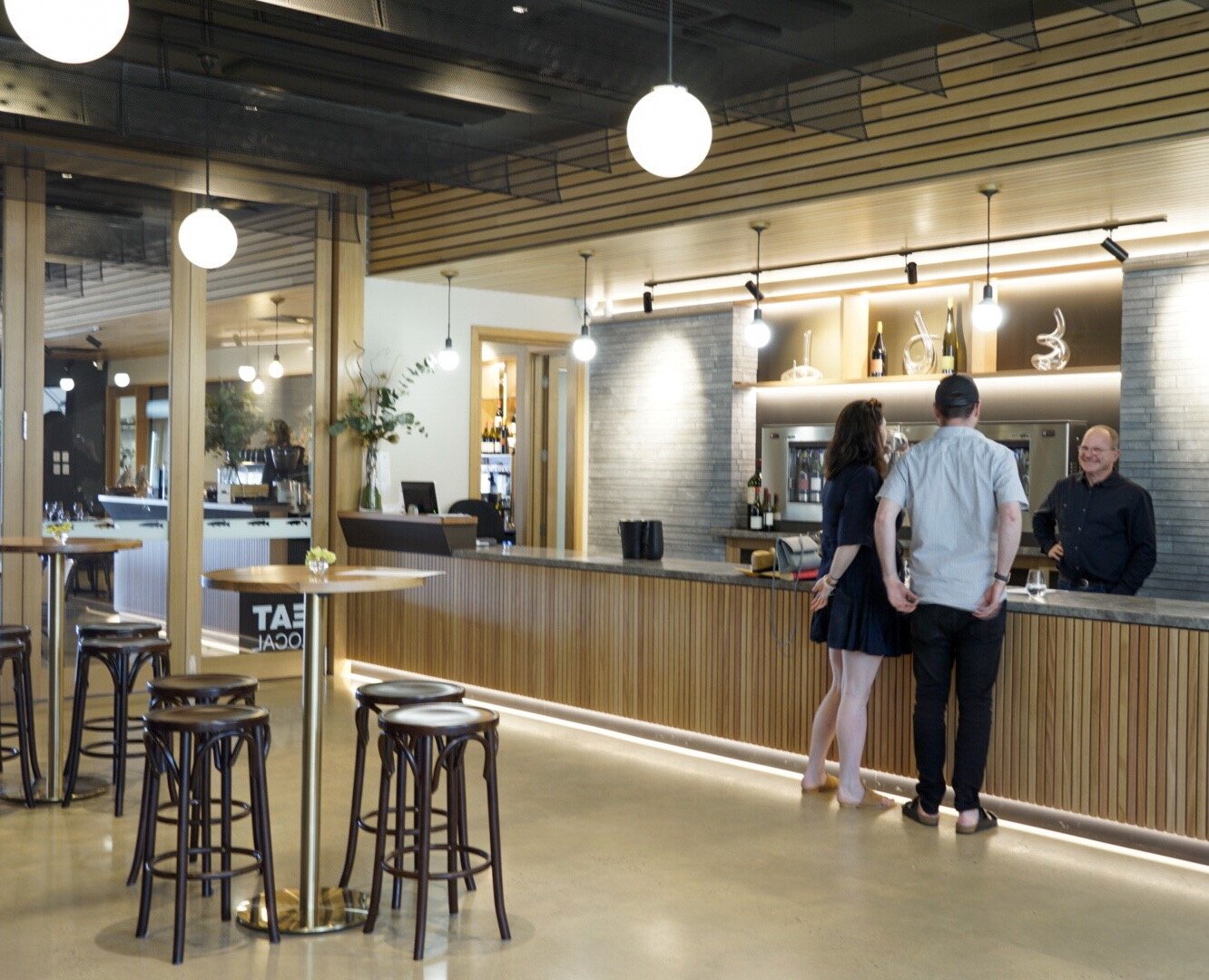
As a Riesling lover, I knew I wanted to visit this region as it is known for it's "Riesling Trail." Visiting allowed us to taste and better understand the terroir uniqueness given the sub-regions. And of course, they don't only make just great Riesling here, there is so much more to be found. We tasted excellent Shiraz, Cabernet, and brought home a Cab Franc.
This region is home to mostly small farmers and definitely has a more rural feel. This group of producers was some of the first to move to screwtops because they wanted to preserve the steely aspect of their dry Riesling's.
Despite being only 50 miles north of the warmer Barossa, it's a cool-climate region that sits atop a high plateau of mineral-rich soils. The region has huge day to night temperature swings. As you are probably aware, these swings are great for the acidity in a wine.
The Clare Valley Wine Region does not have any legally-defined subregions. It is sometimes informally divided into five subregions named for the towns in the growing areas: Auburn, Clare, Polish Hill River, Sevenhill, and Watervale. It's most known subregions are Watervale and Polish Hill. Polish Hill has soils of broken slate versus Watervale with its red topsoil over limestone. These variations in soil and altitude provide unique distinctions in wine styles. Watervale tended to be fresh and possess citrus and lime characteristics. Polish Hill wines were more muscular or bold, with a density to them.
Polish Hill vineyards including Knappstein, Grosset, Jim Barry's "Lodge Hill," and Pikes "Merle" are ones to look for. It was a sub-region I found myself gravitating to; the Jim Barry "Florita" and Pikes "Merle" coming home with us. We would have brought the Grosset, but knew we could get it in the states.
Winery Visits:
Grosset
Kilikanoon
Pikes
Knappstein
Adelaide Hills
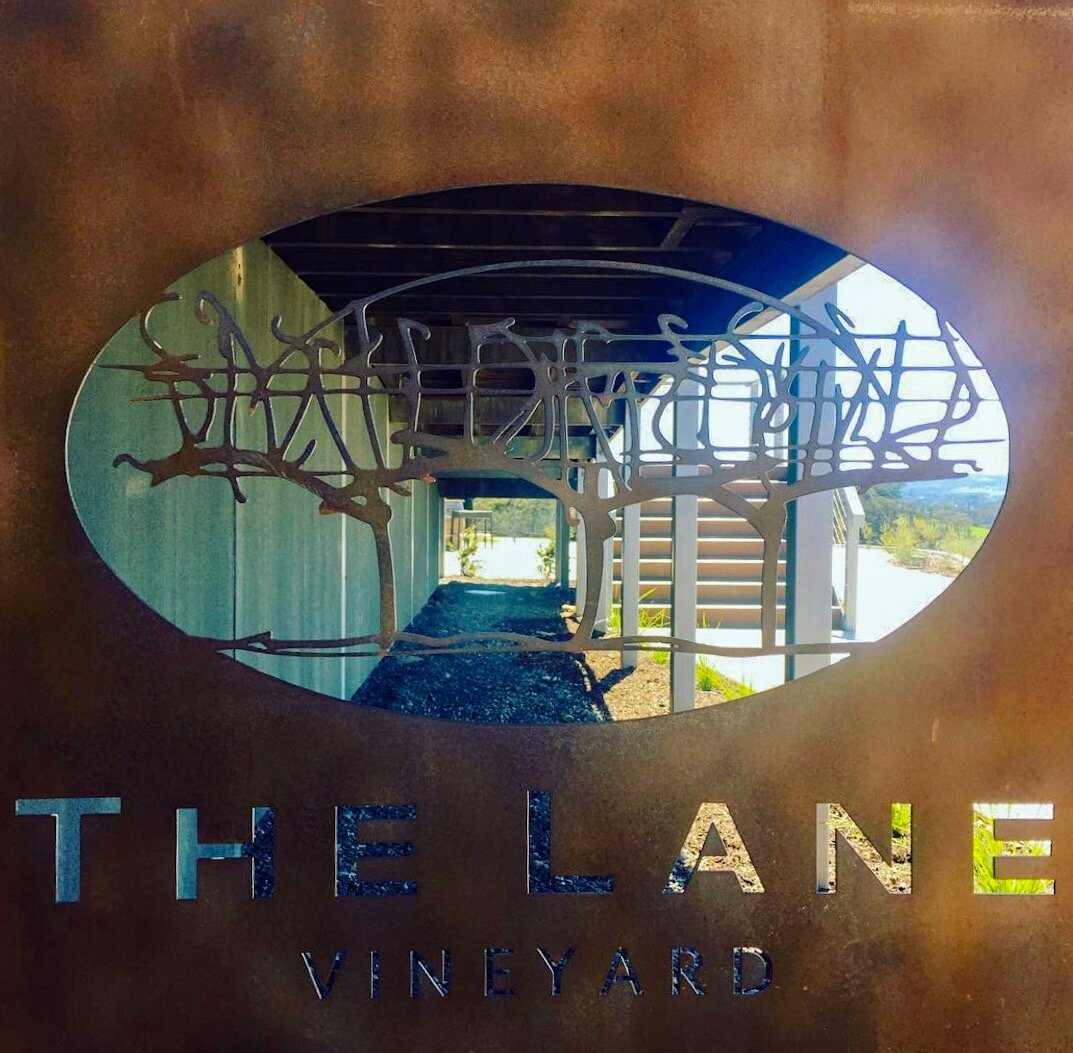
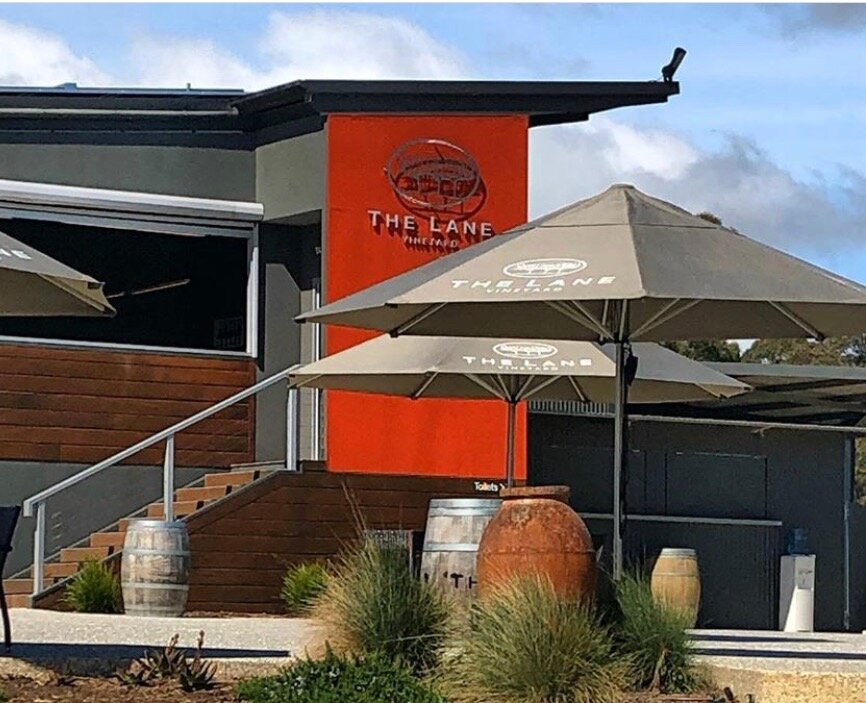
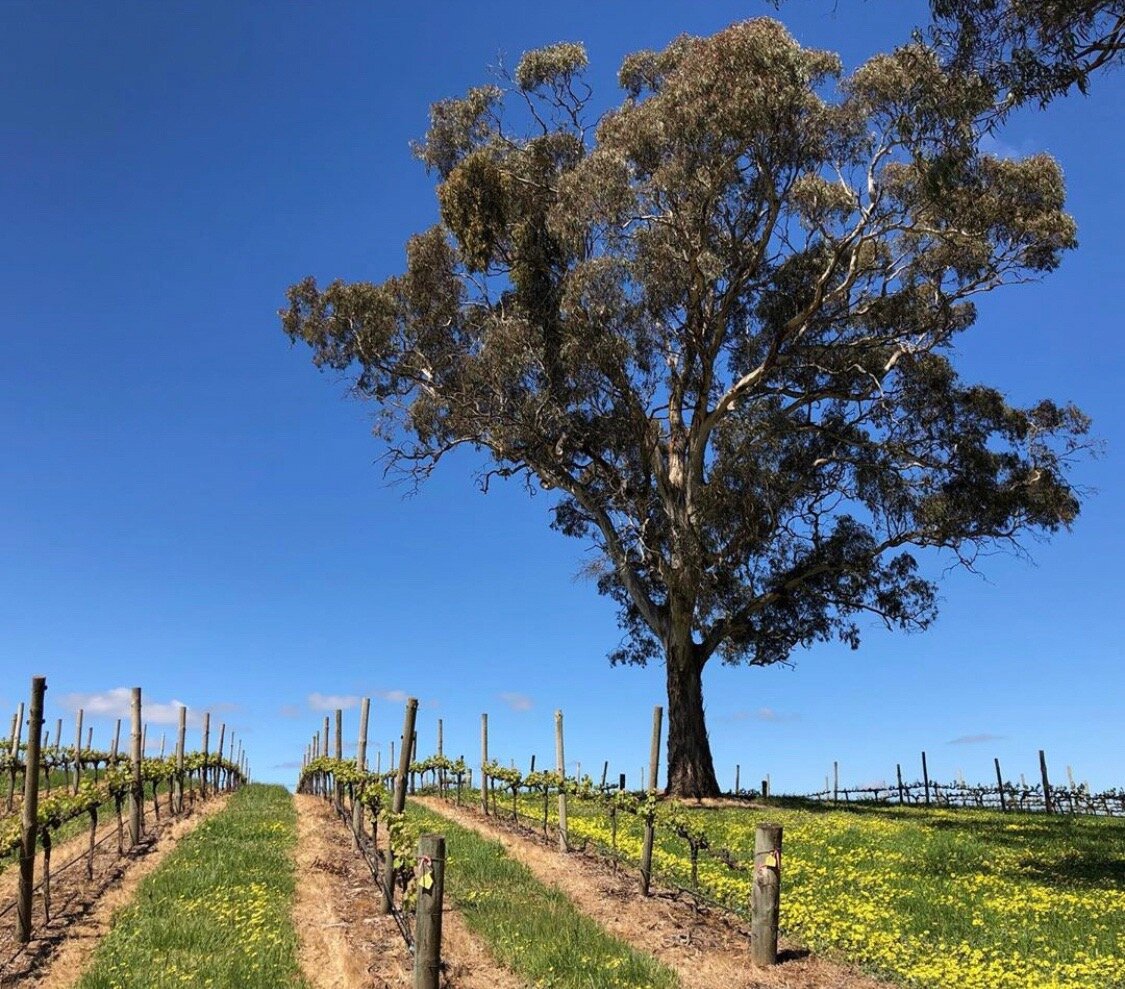

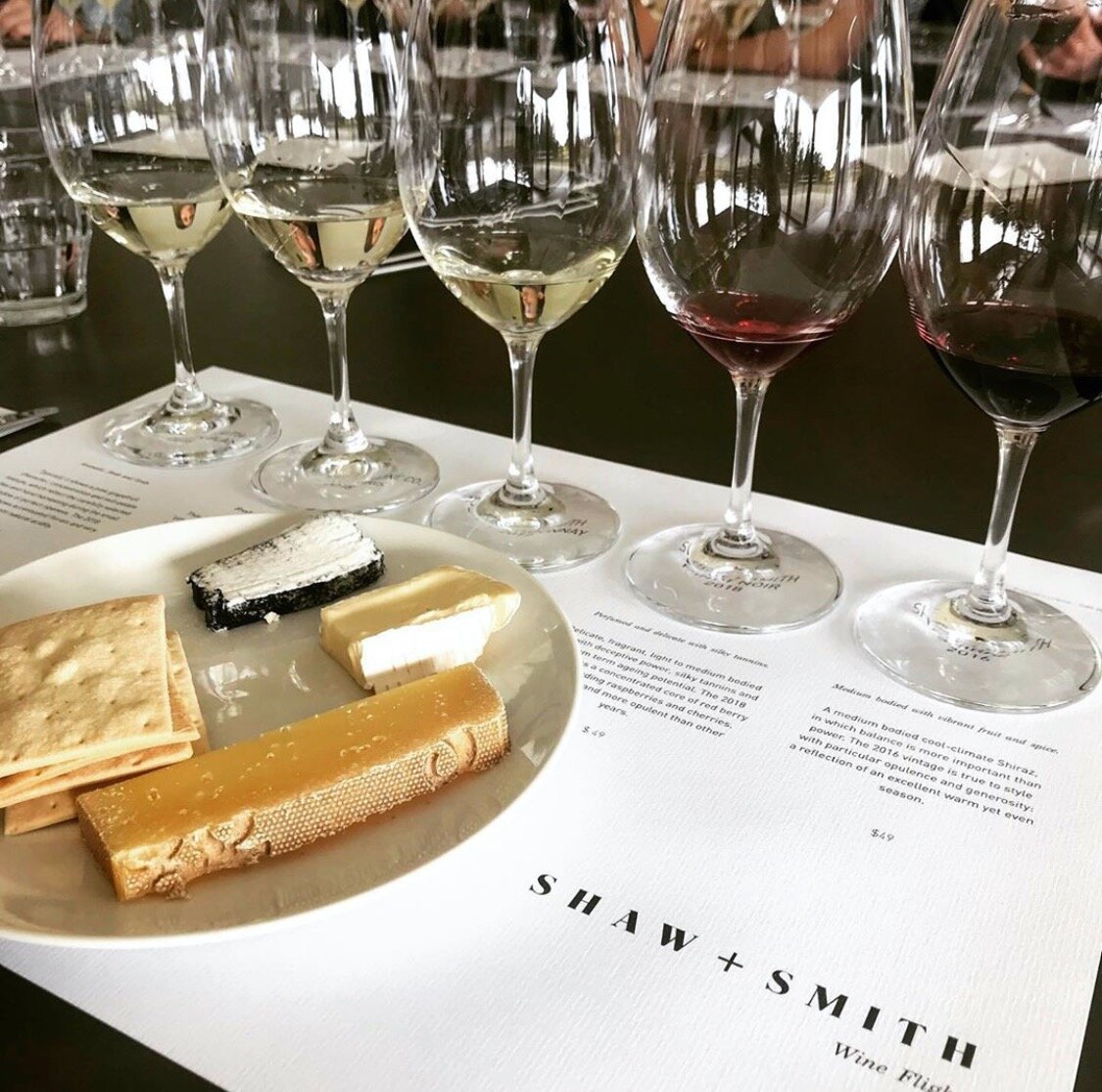
This is a cool-climate region with a good number of wineries focusing on Chardonnay and Pinot Noir. The Adelaide Hills is characterized by its unruly topography, with craggy hillsides creating vast changes in rising and falling slopes. Add to this, a multitude of climate differences in rainfall and a fog line, it's hard to define a particular style. For young winemakers and grape growers, without the history of Barossa, it's become a creative mecca for winemaking.
These young guns are seeking fresh and vibrant wine styles. Most have trained abroad to gain classical understandings but try to balance out the best of all practices. They come together to share their knowledge, resources, and passion for making great, small-batch wine. There is also a natural wine movement going on in these hills, especially near Basket Ridge, where they focus on Sauvignon Blanc.
As for wineries to visit, drop in at The Lane Vineyard, just outside the small German-like town of Hahndorf. It offers traditional wine flight experiences, with amazing views. You can order a regional cheese platter or go for a gourmet lunch. If you're looking for another drop-in winery, try Smith and Shaw with their modern winery complex. For a behind-the-scene experience, book a tour and taste current and back vintages.
Our stand-out visit was an afternoon spent with Turon White, who is the epitome of these young winemakers. He is the winemaker at The Lane Vineyards but also has his own project.
Winery Visits:
The Lane Vineyard
Shaw and Smith
Note: In December 2019, a bush fire destroyed many of the vineyards and wineries in this region. The best way to support this community is to visit or buy their wines.
McLaren Vale
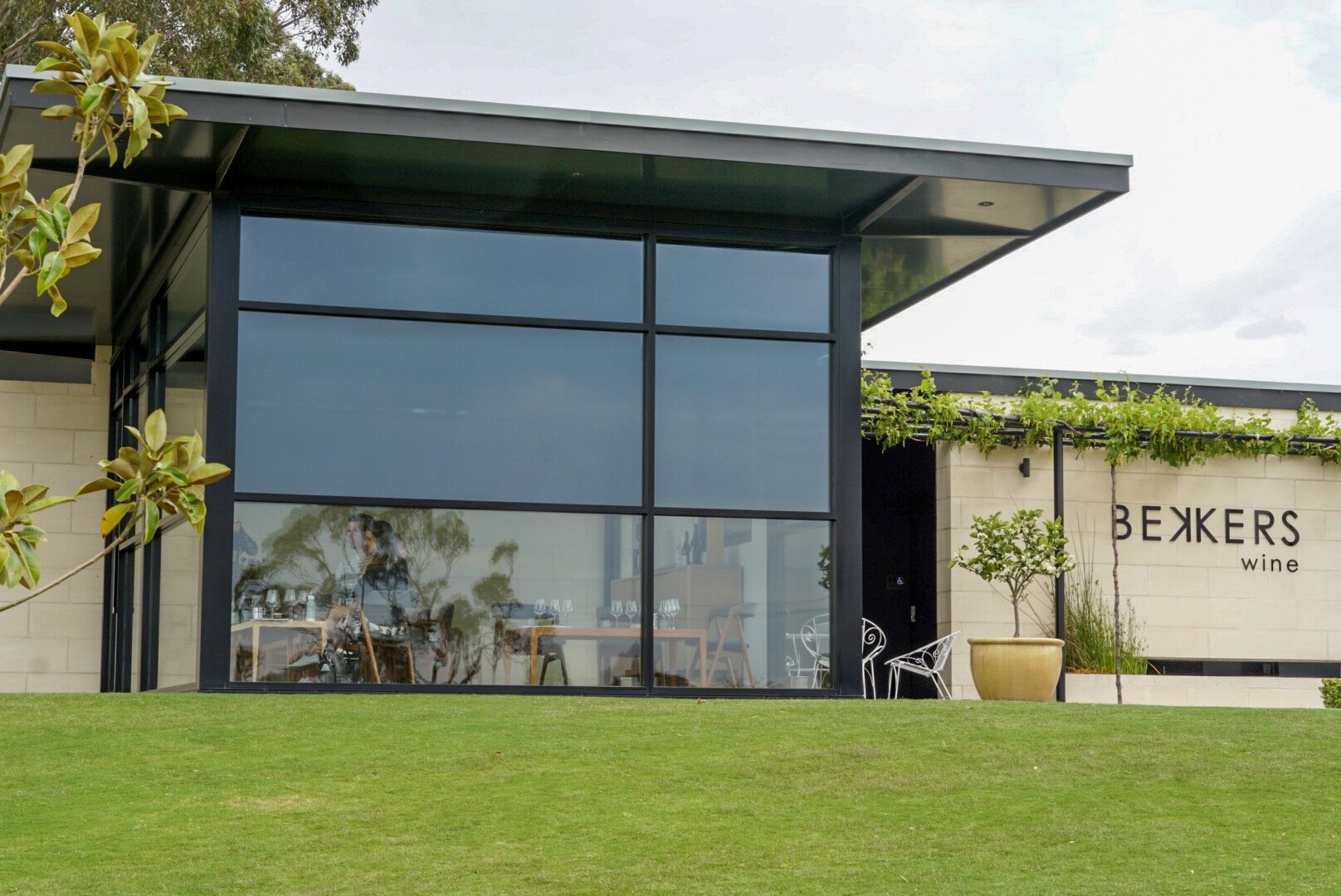
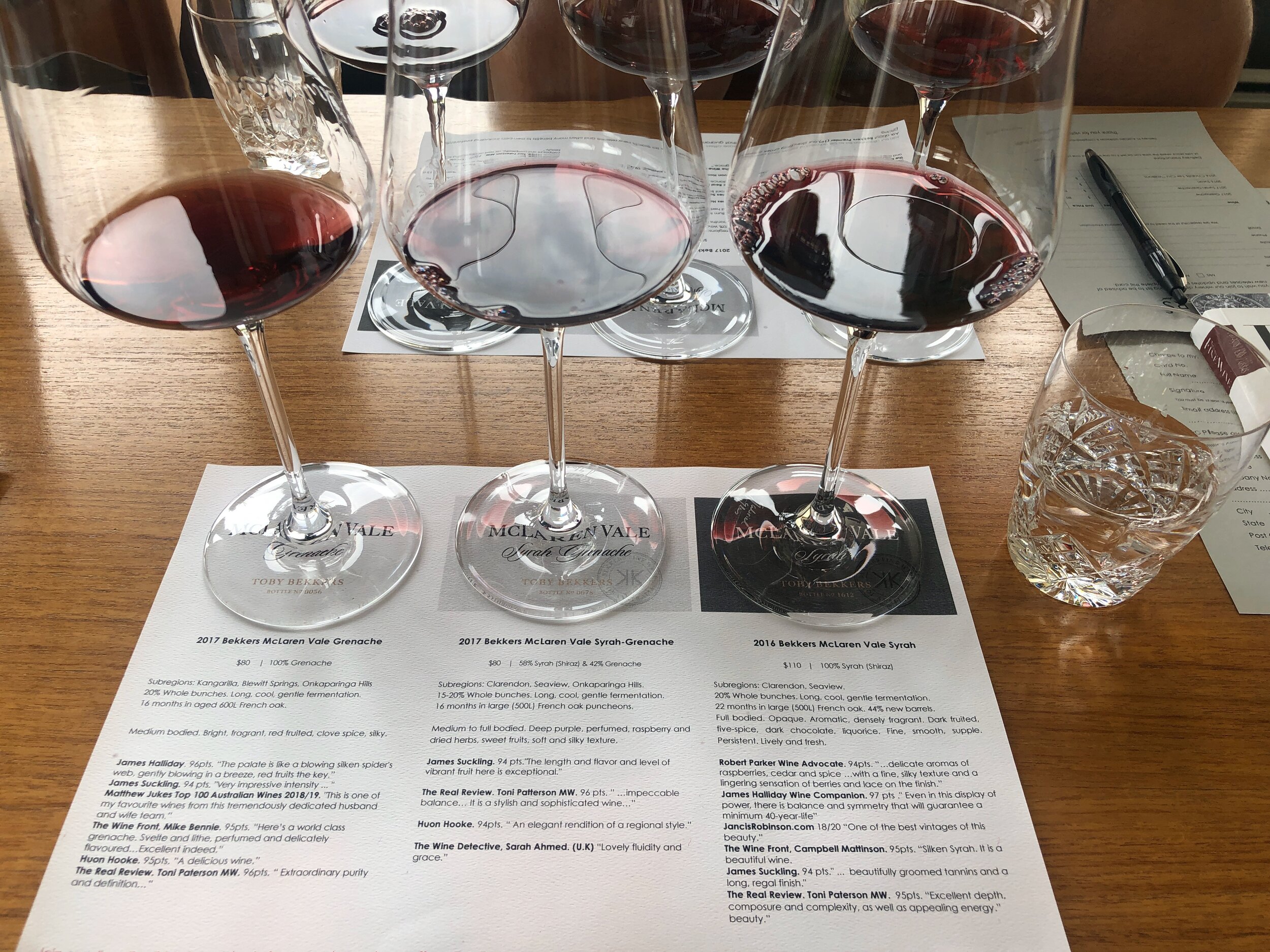
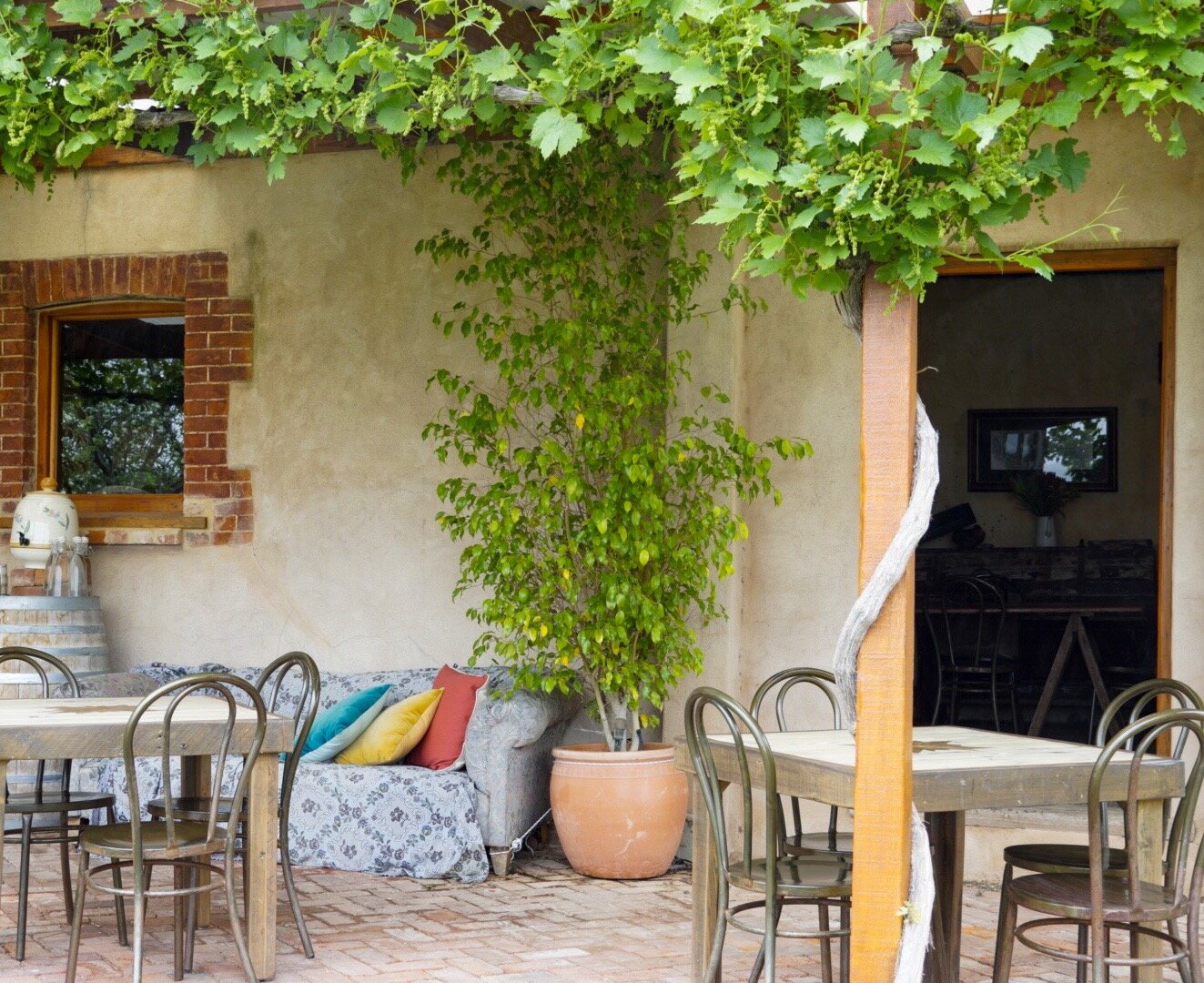
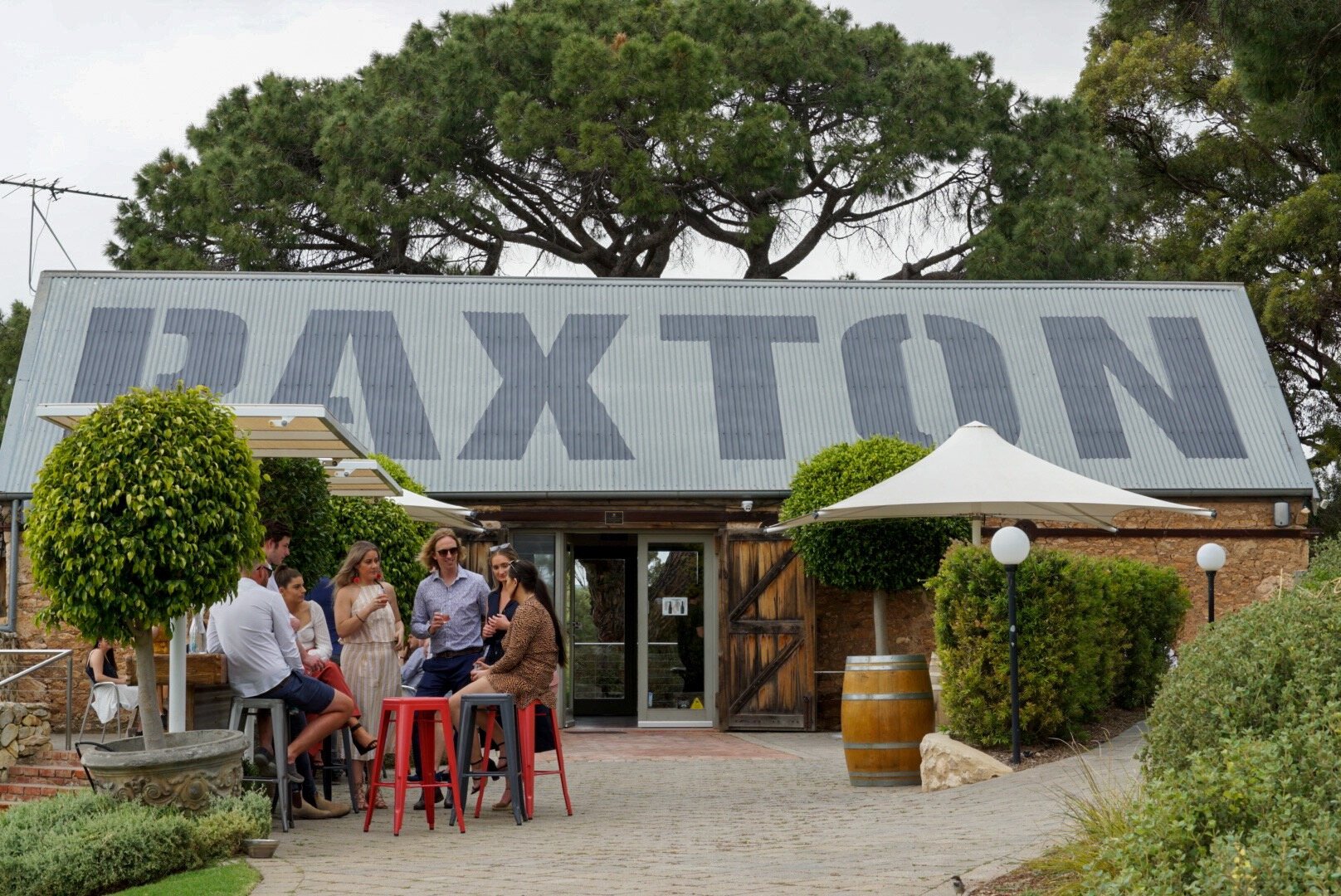
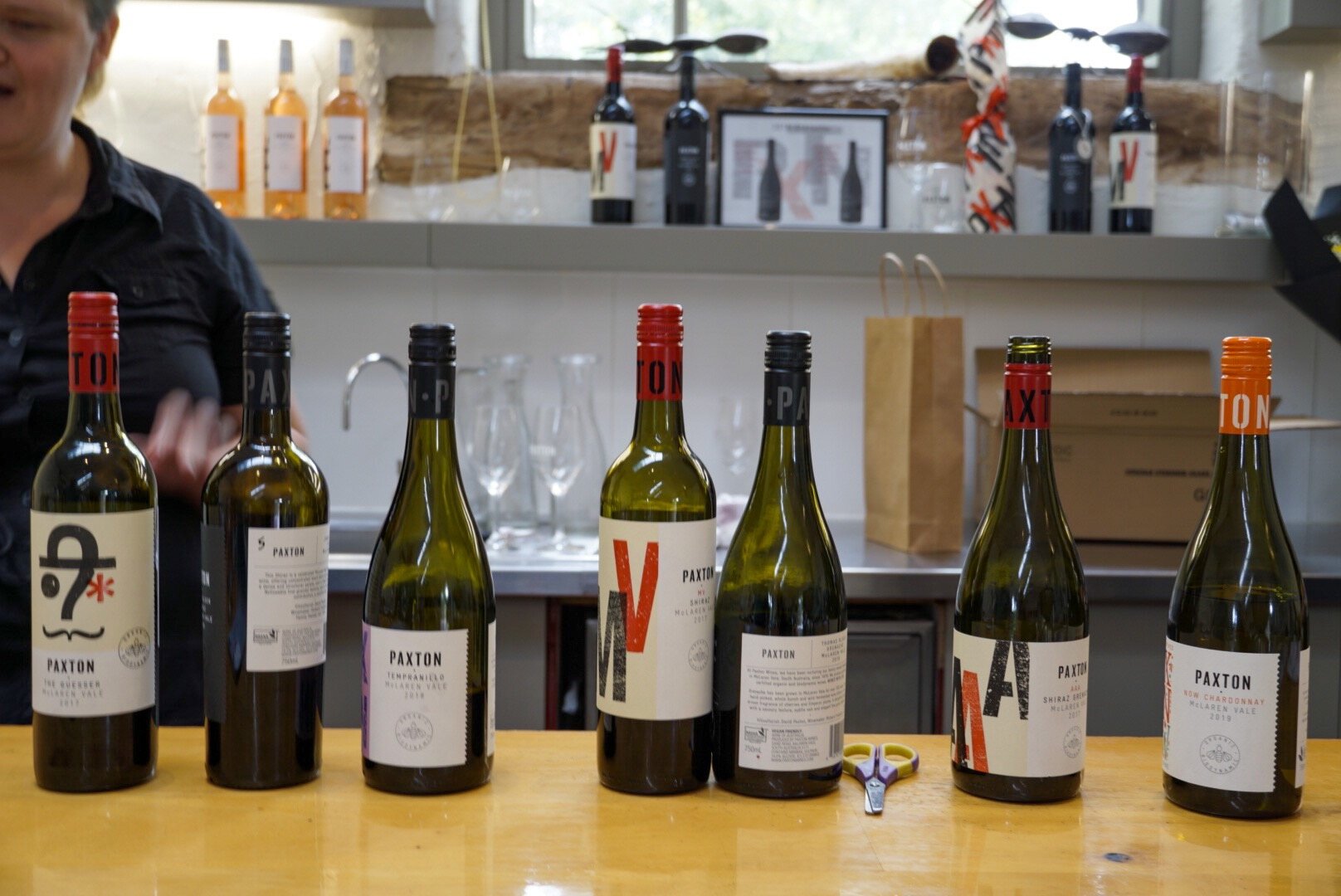
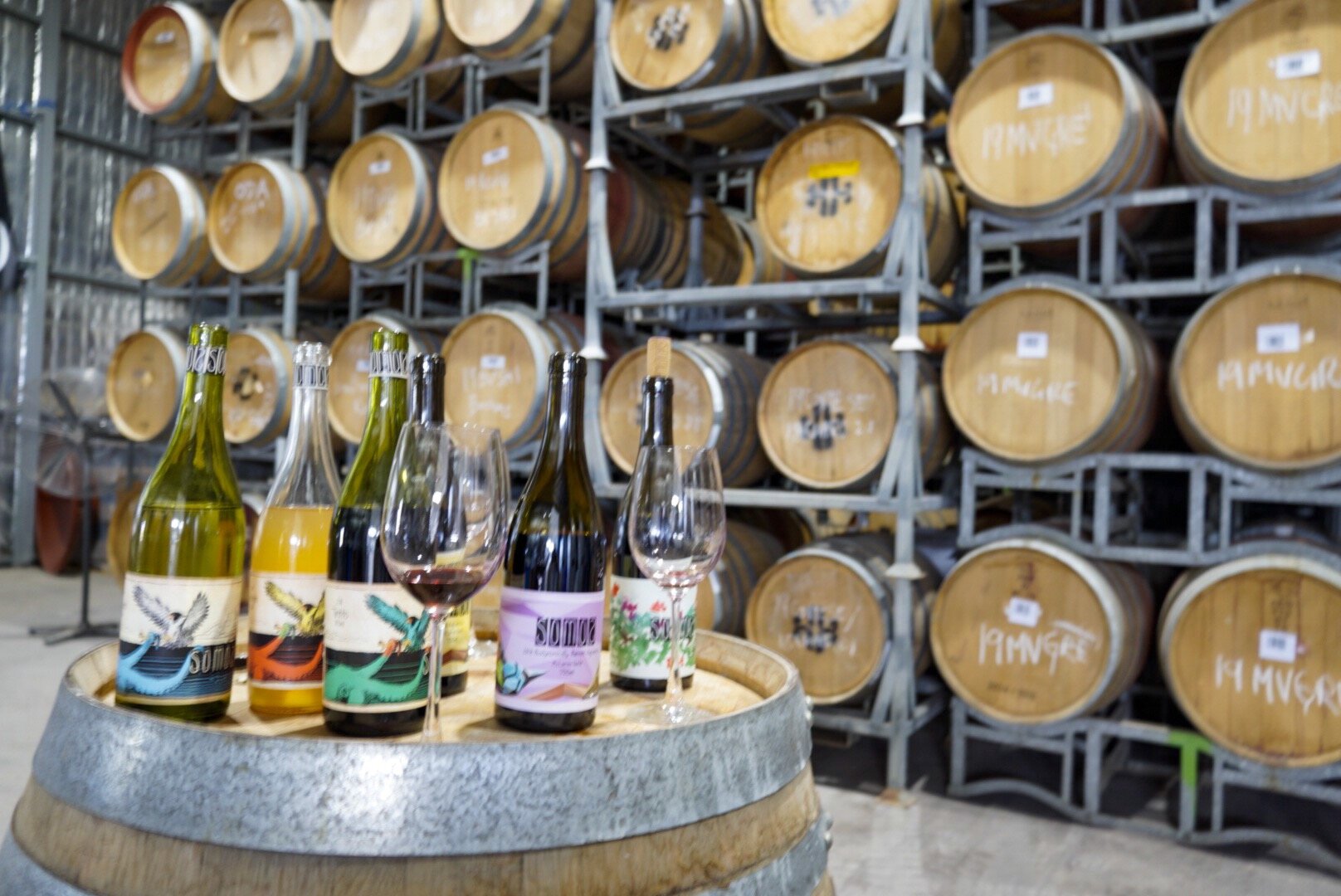
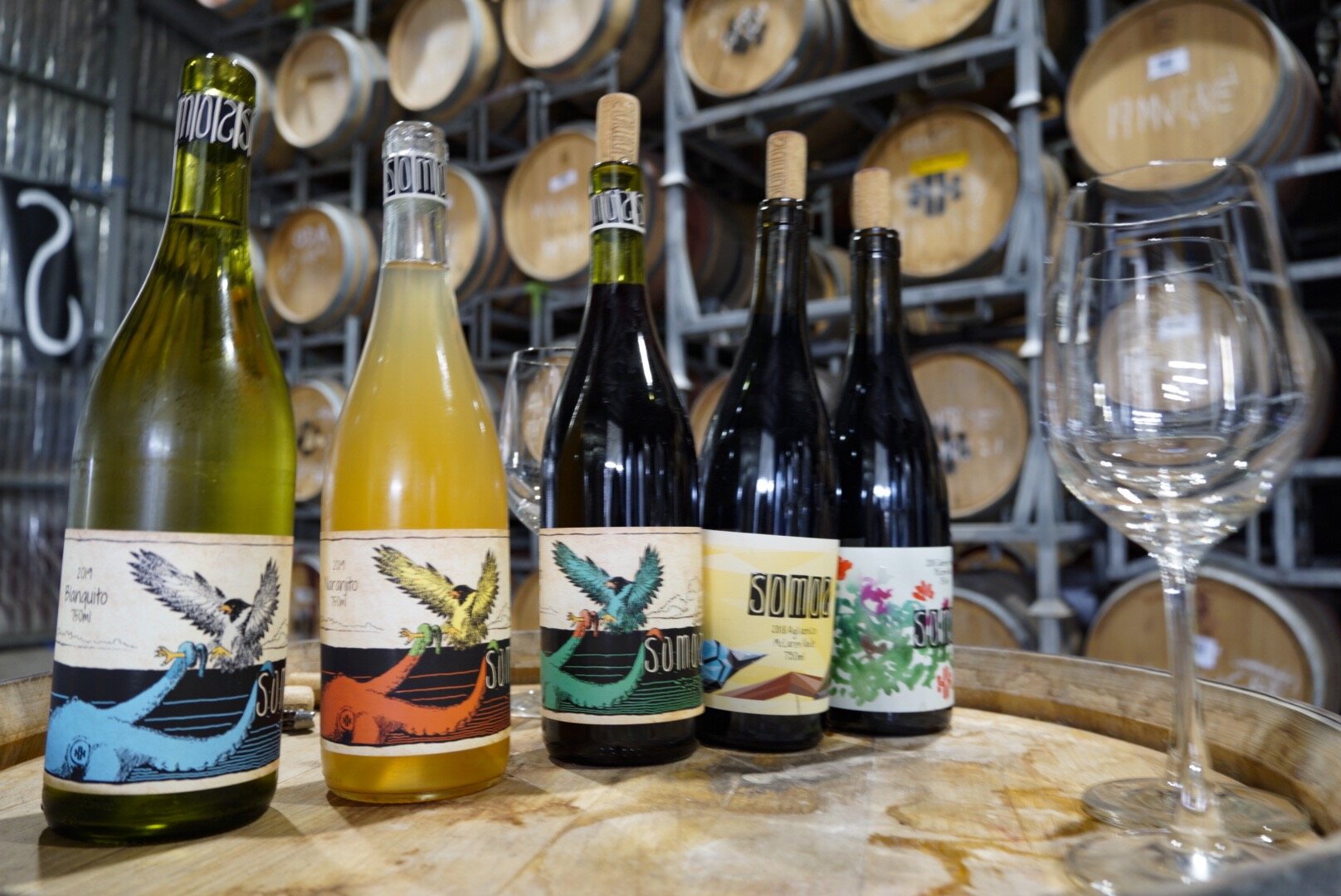
McLaren Vale is the closest region to the ocean, with vineyards spanning the Fleurie Coast Peninsula. It's a Mediterranean climate with warm days and nights, and cooling ocean breezes influence the region's style. The climate, along with widely varying soils ranging from clay to sand, can provide different distinctions like soft tannins and fresh wines.
McLaren Vale is best known for it's Shiraz, but it also excels in Grenache. They still have vineyards in old vine Grenache and Shiraz dating back to 1838. What excited us the most, however, was the multitude of Italian, Spanish and Portuguese grape expressions which winemakers are finding to be well suited for the region. Although it's mostly a red wine region, we tried Vermentino and Fiano, which retain their acidity in warmer climates. If you want to experience old-world grapes in a new-world location, put this region on your list.
Many of the cellar doors welcomed guests on a walk-in basis and happily poured their line-up of wines for no to minimal fees. Most wineries are moderate to small producers using minimal intervention, mostly organic, and open or wild fermentation.
Winery Visits:
SC Pannell
Paxton
Samuels Gorge
d'Arenberg
Somos
Coriole
Please explore our Full Australia Travel Guide

